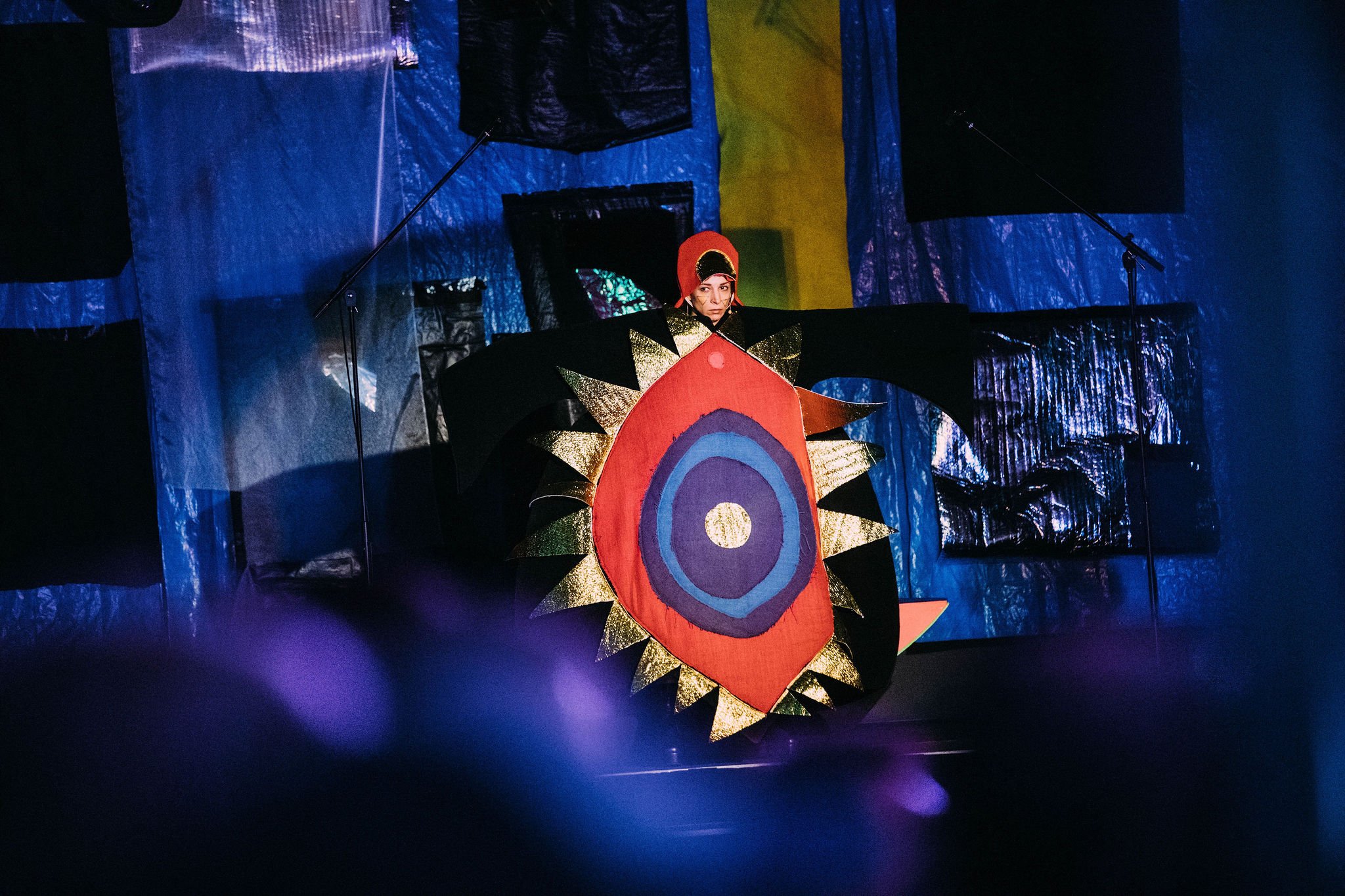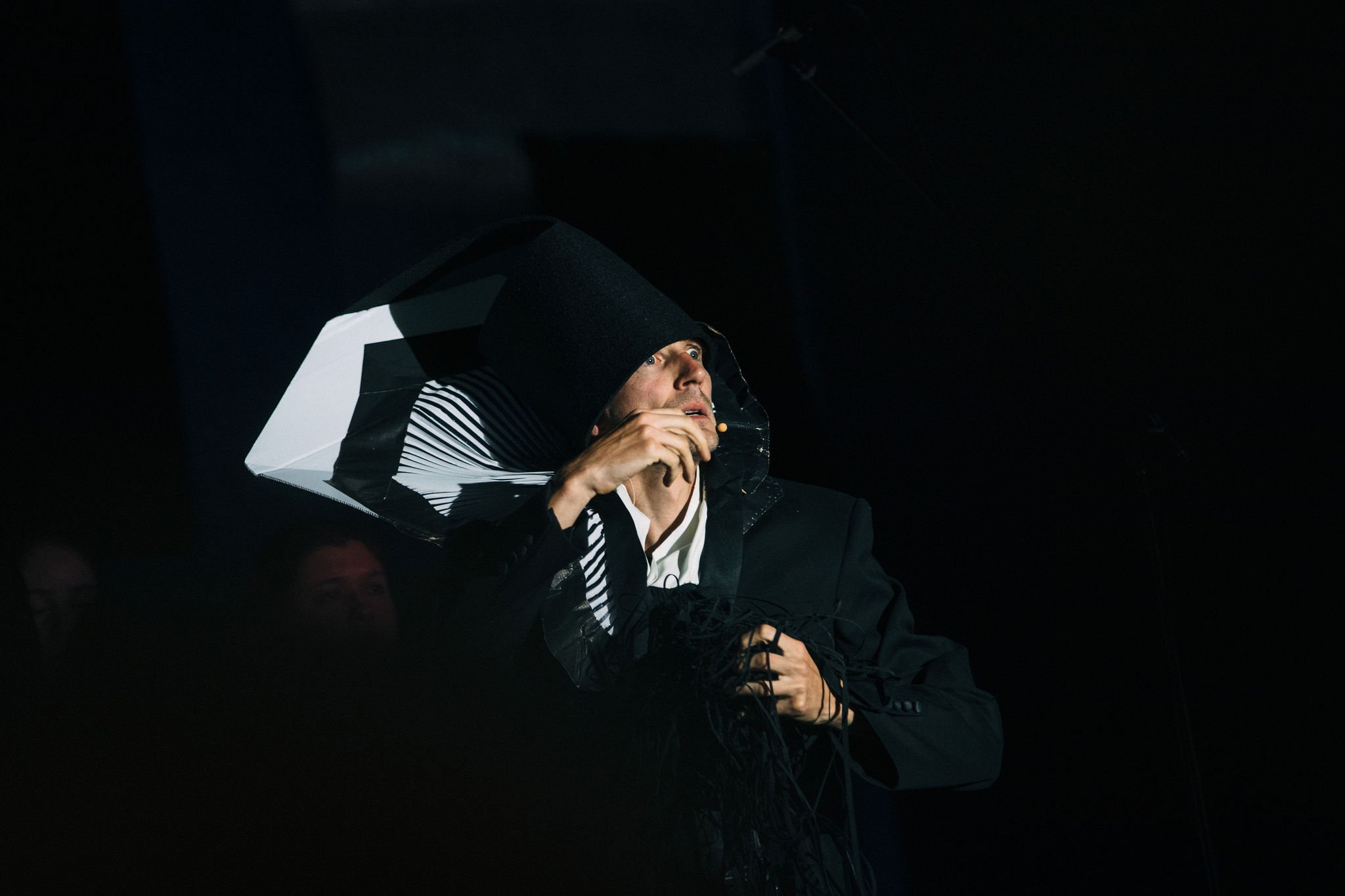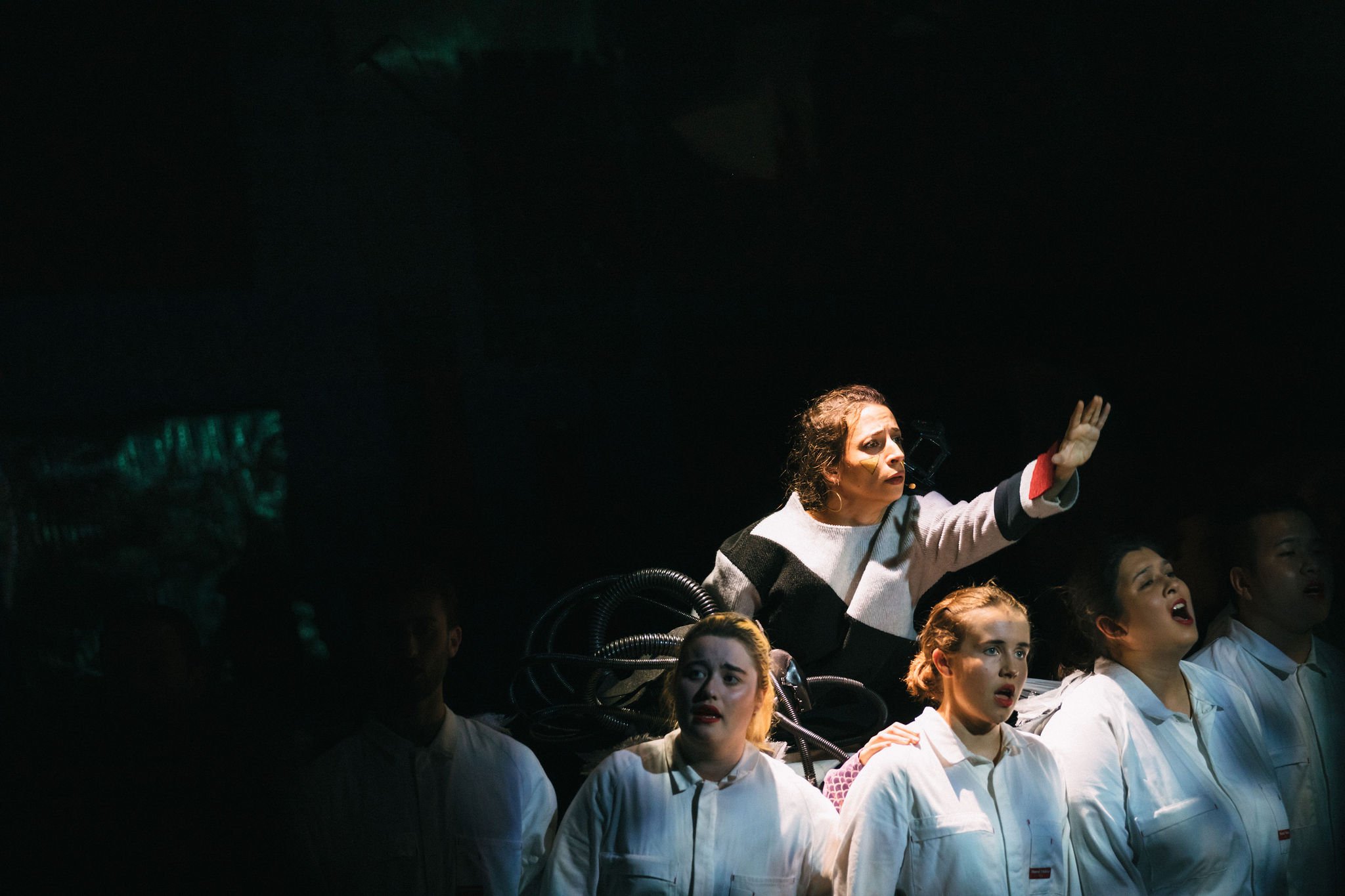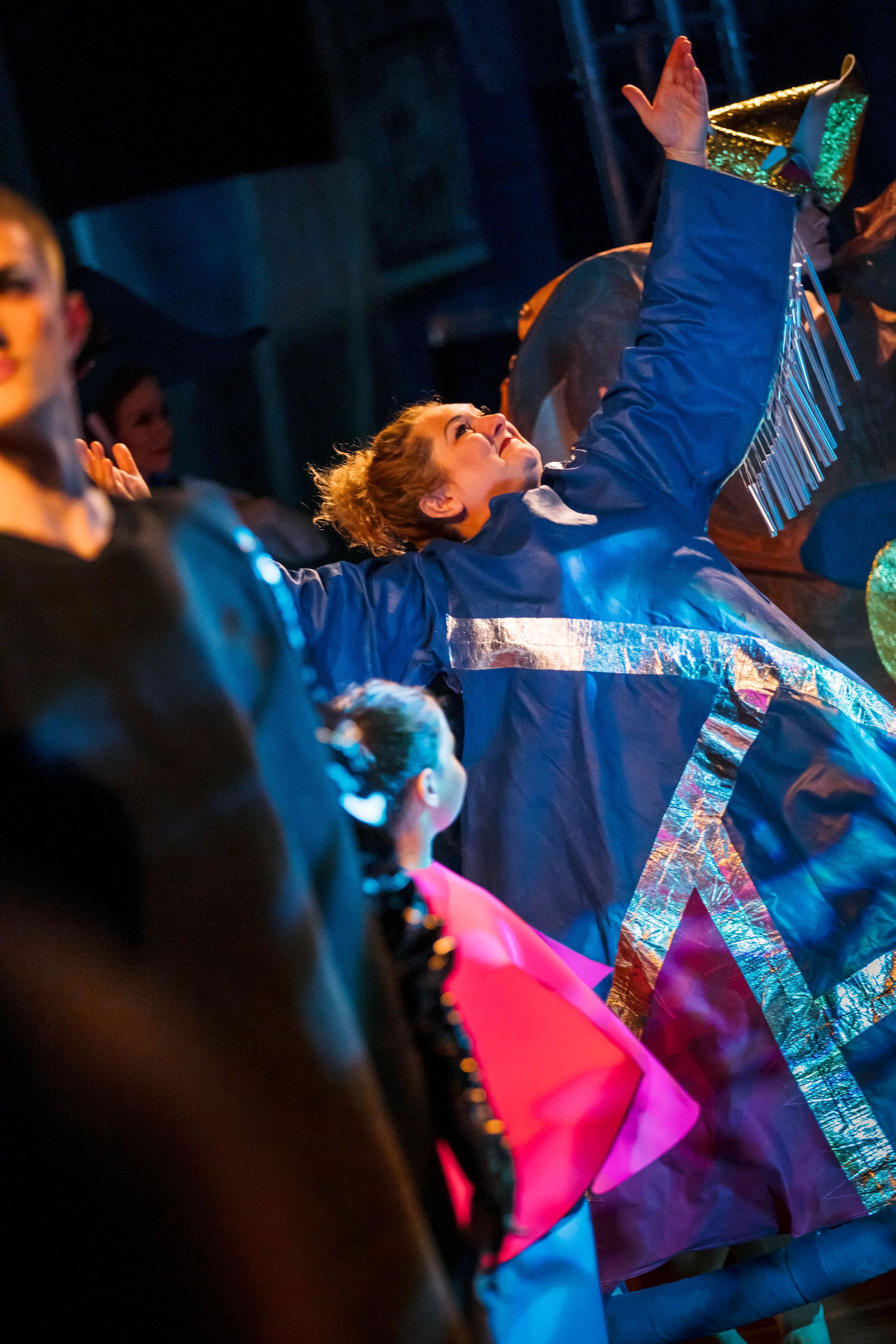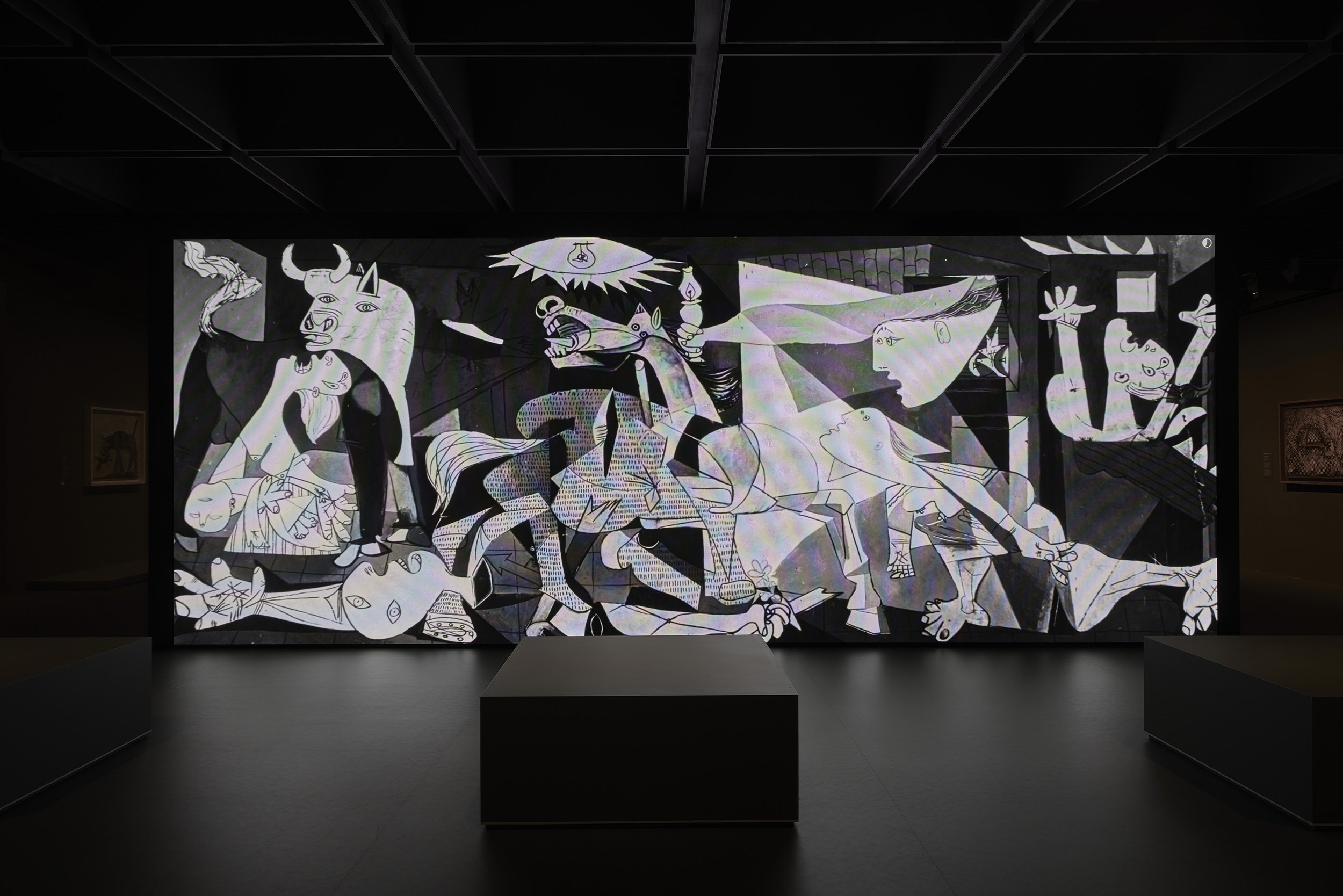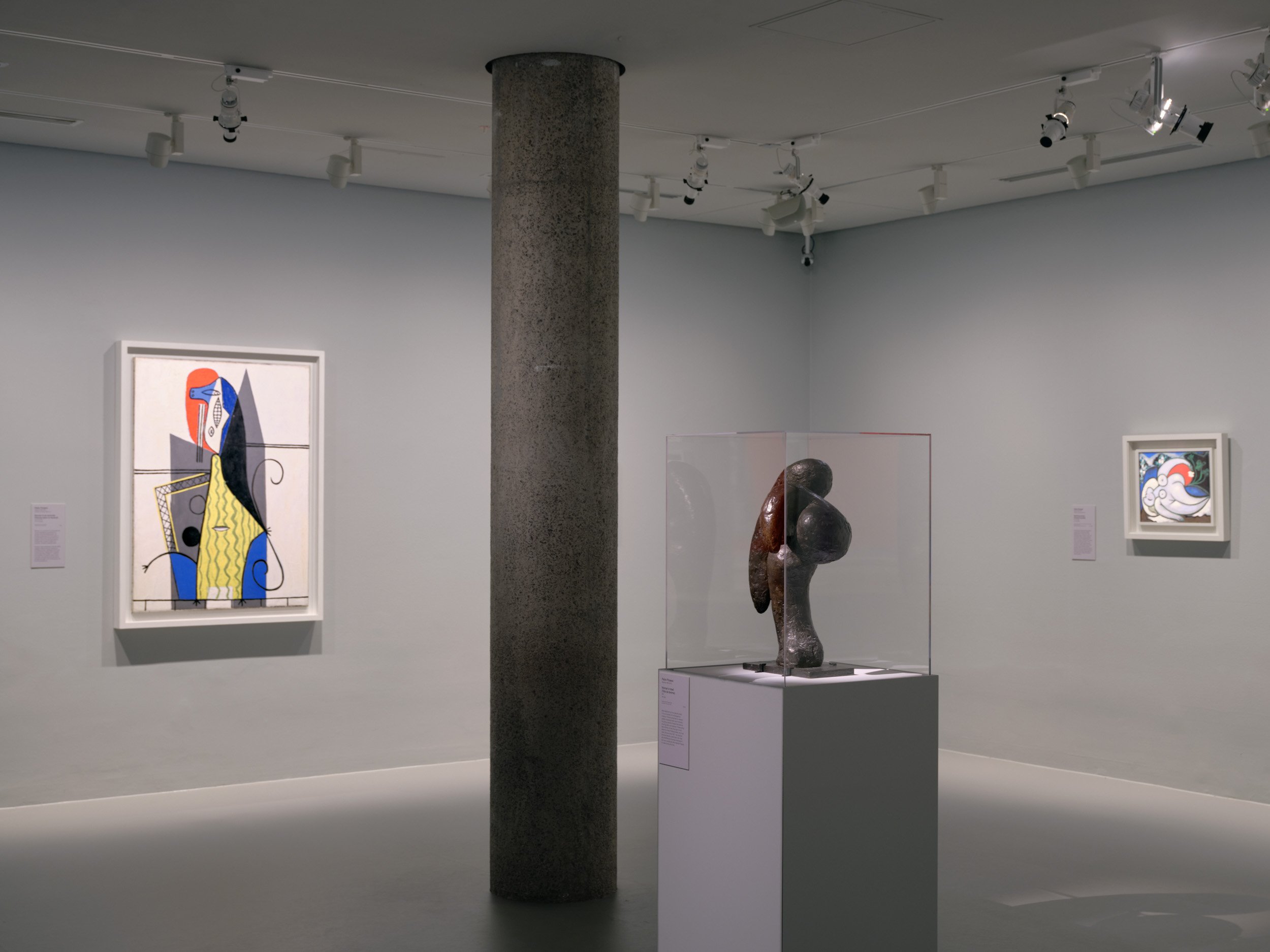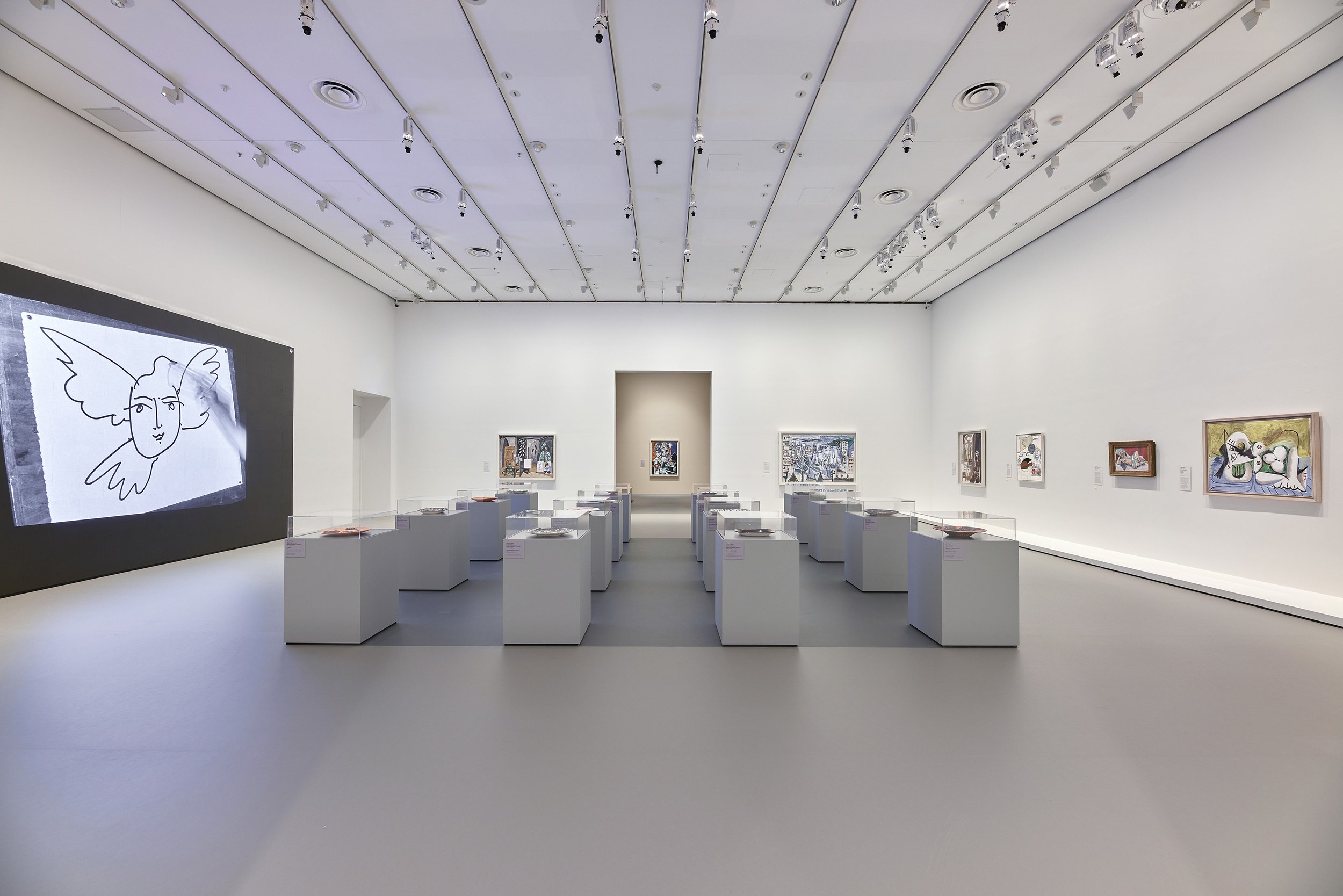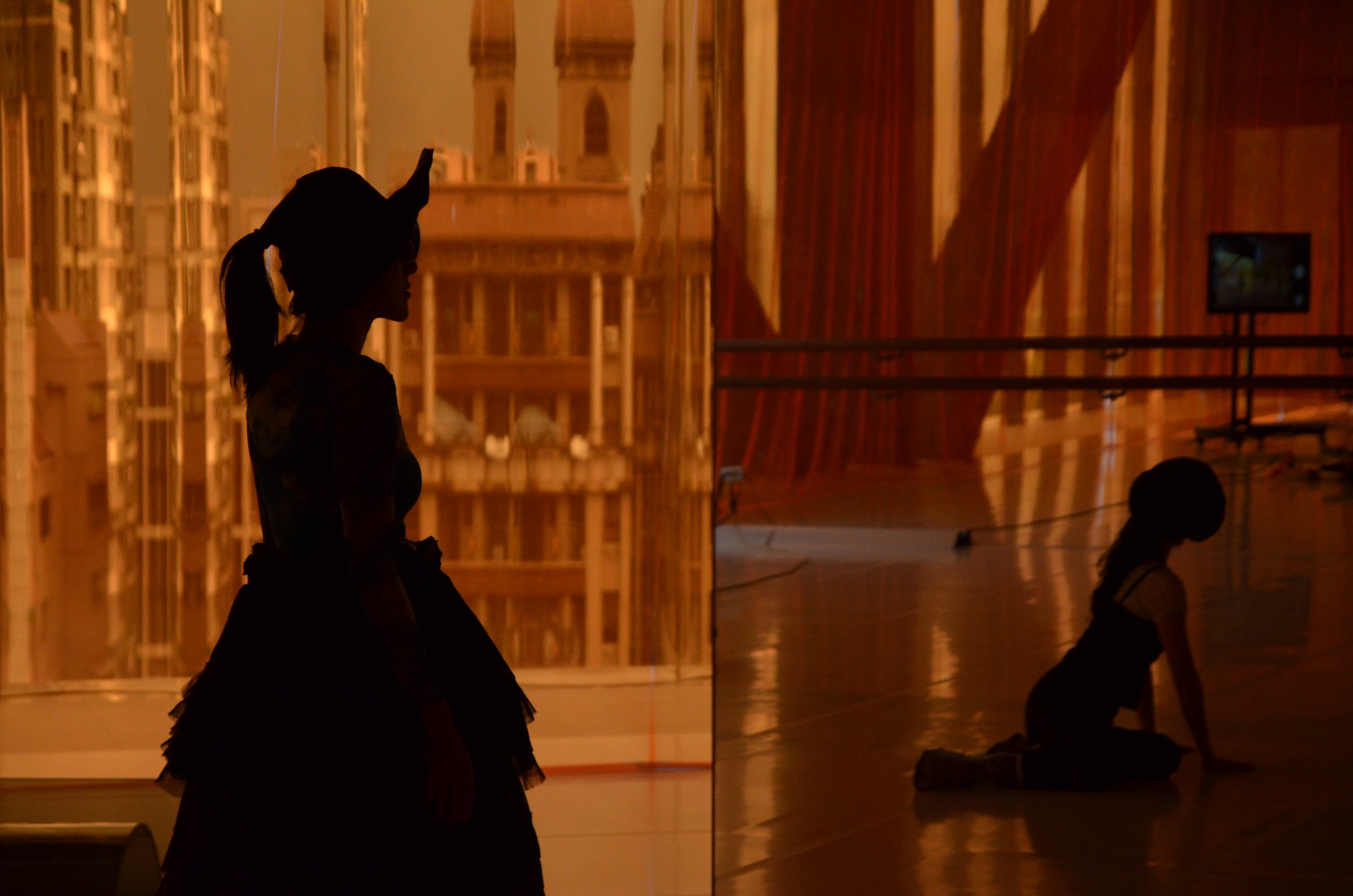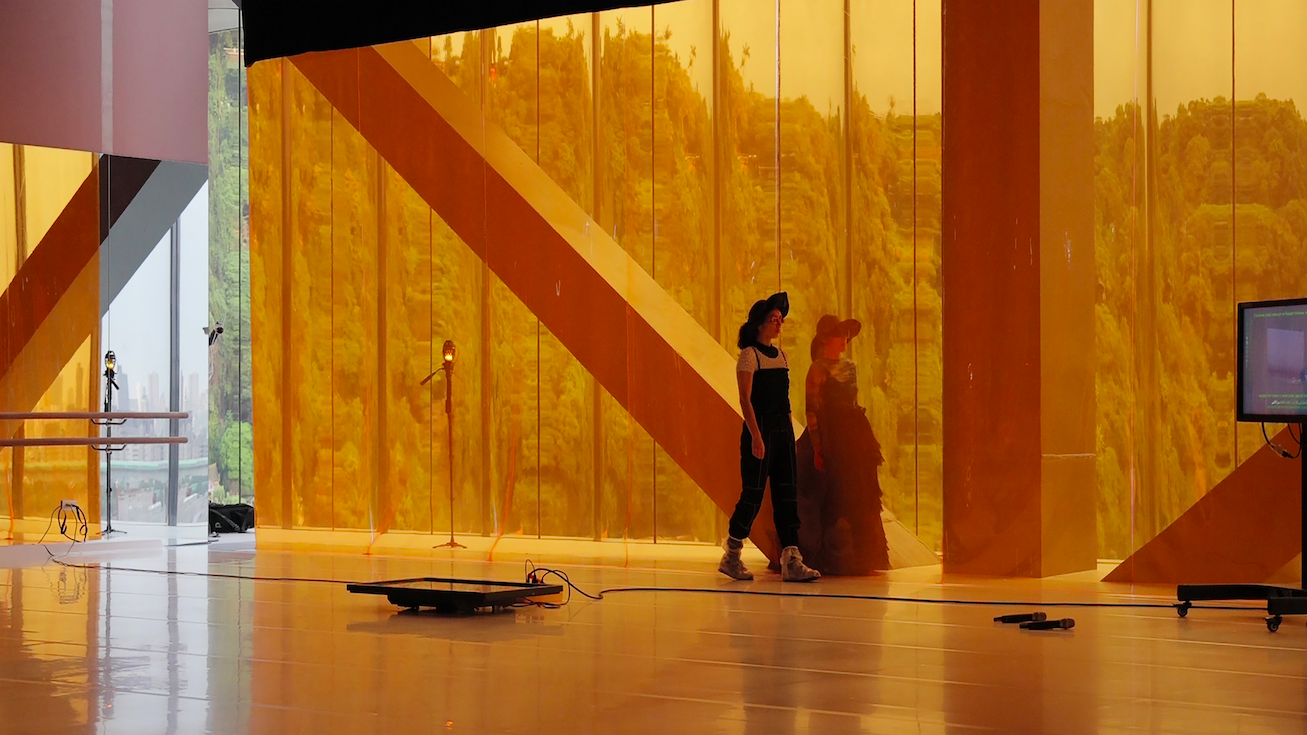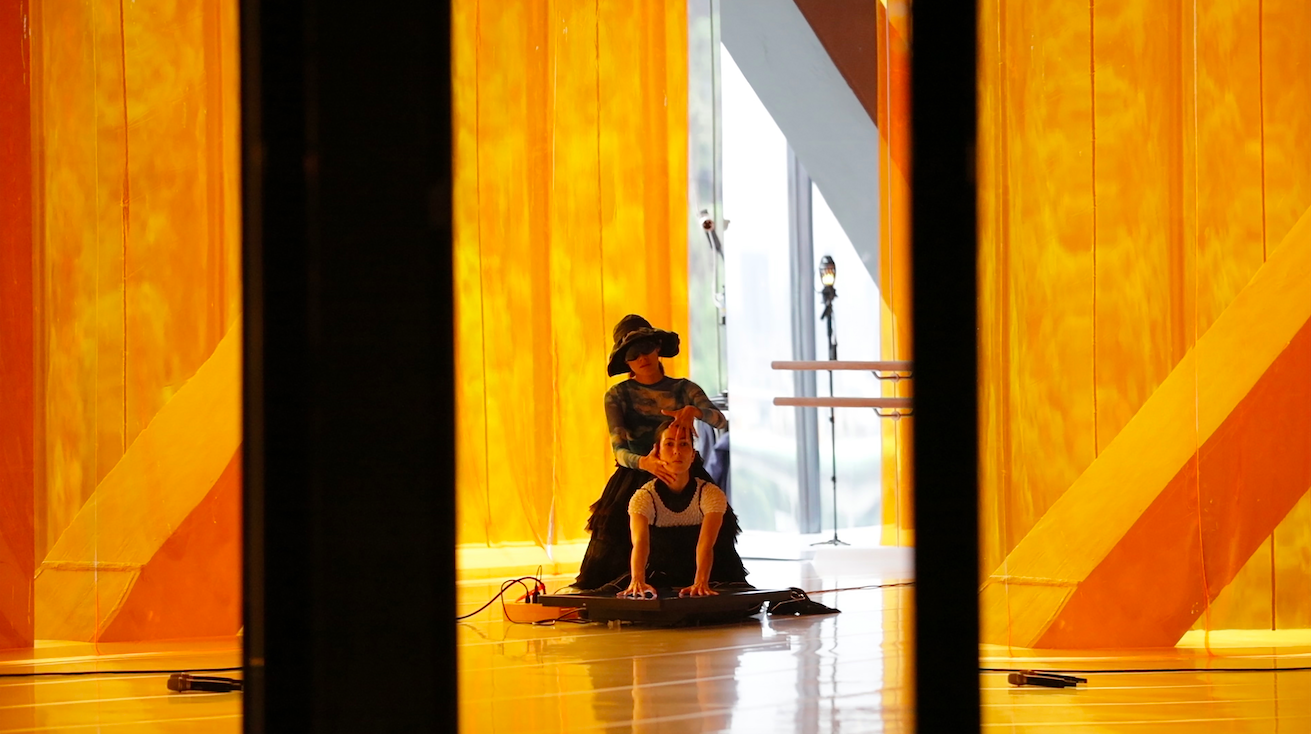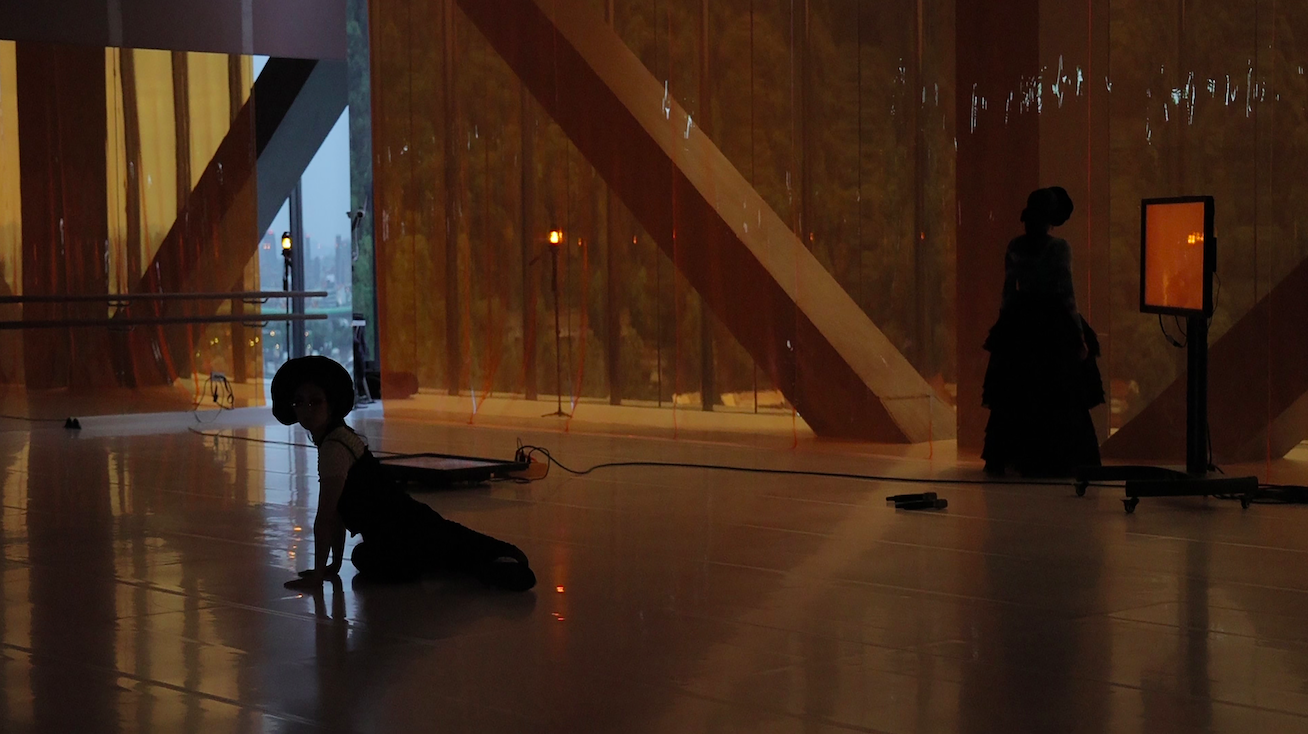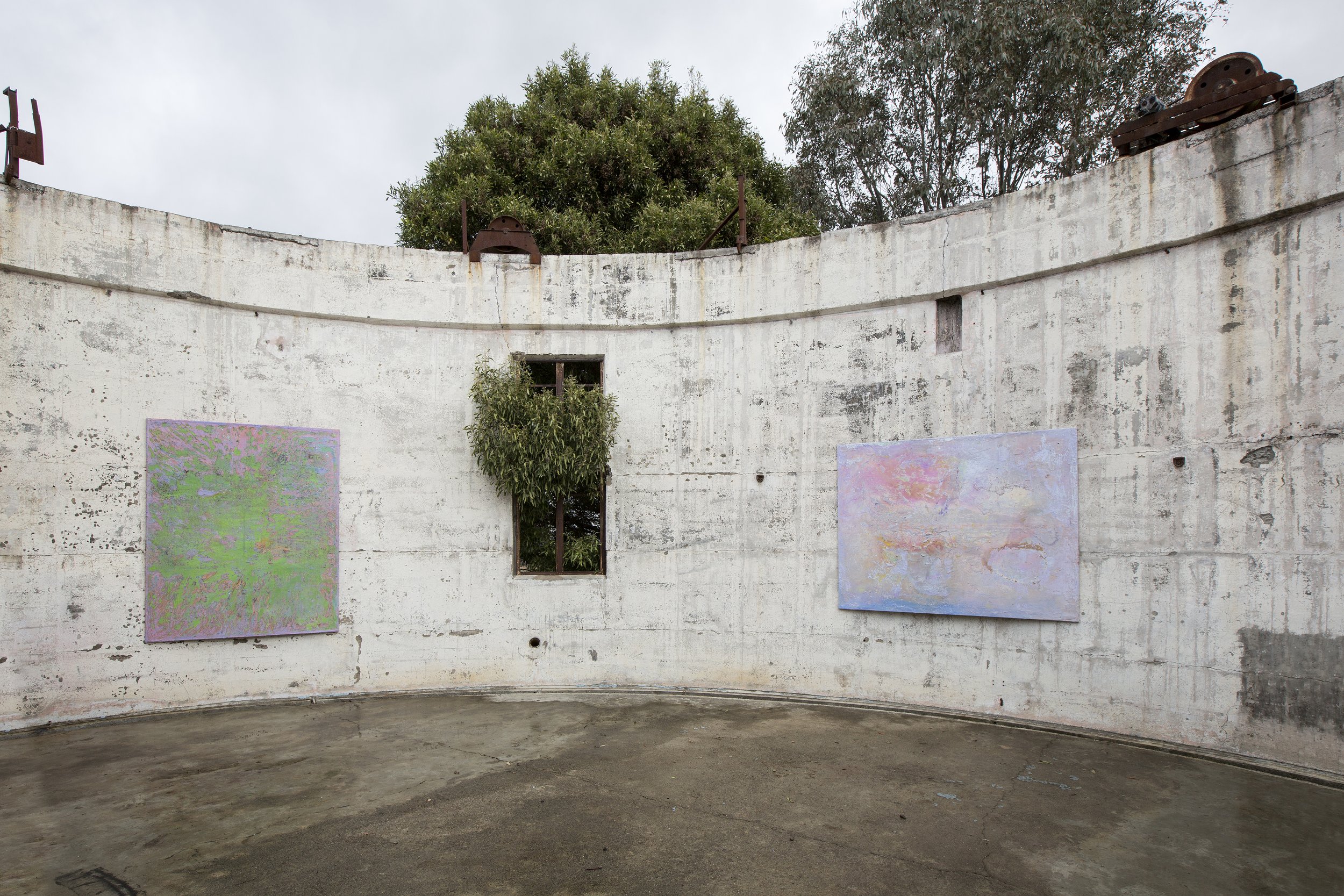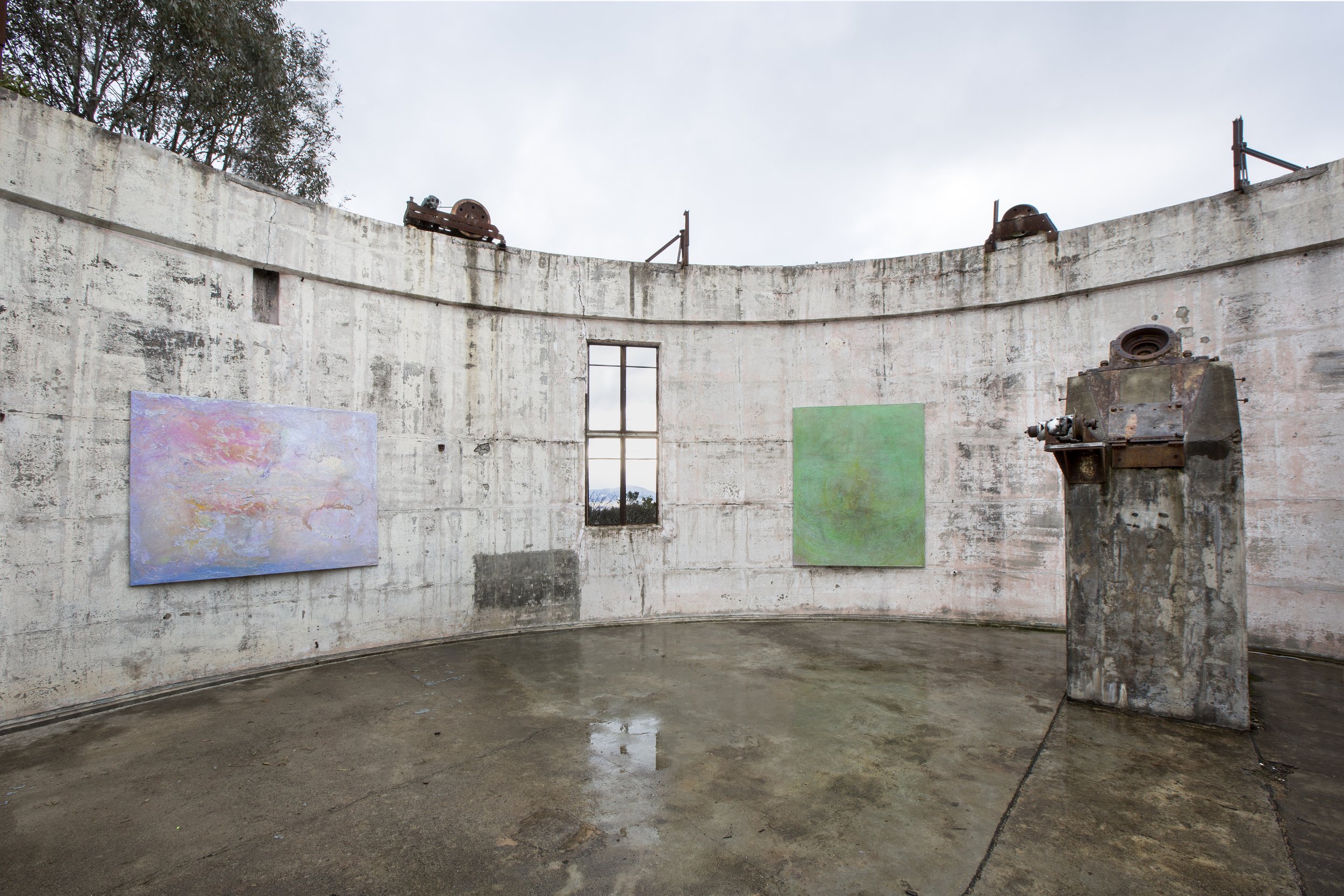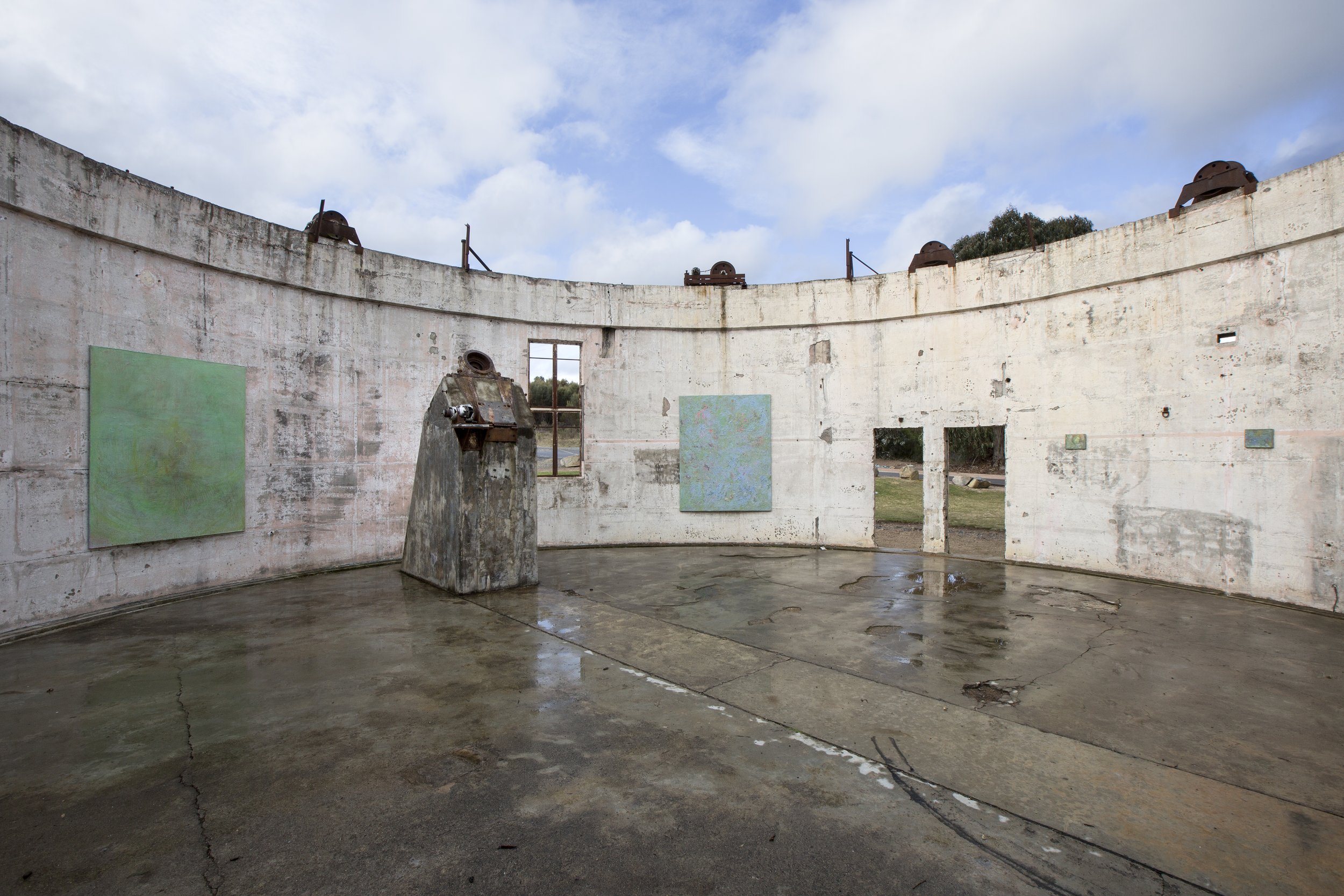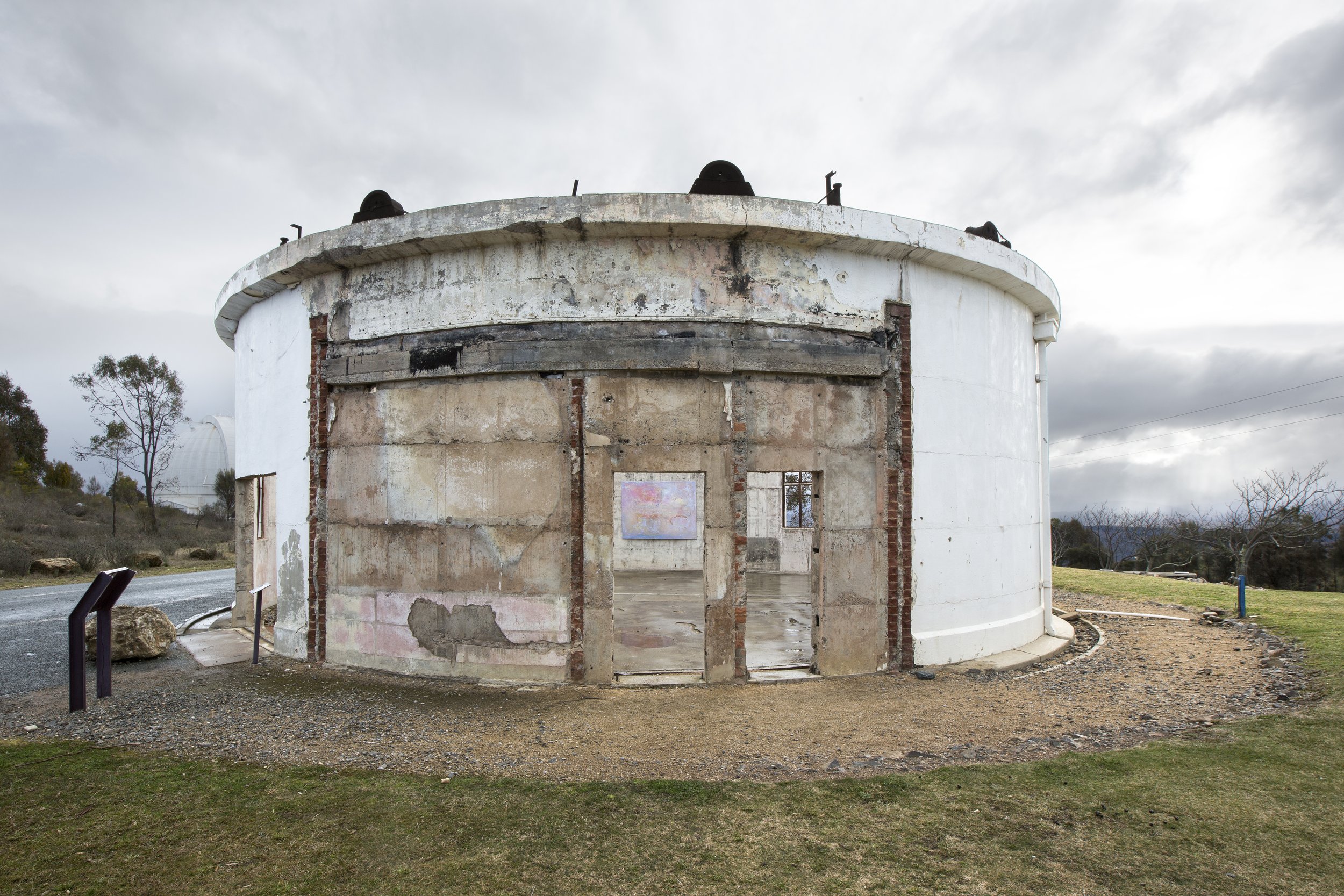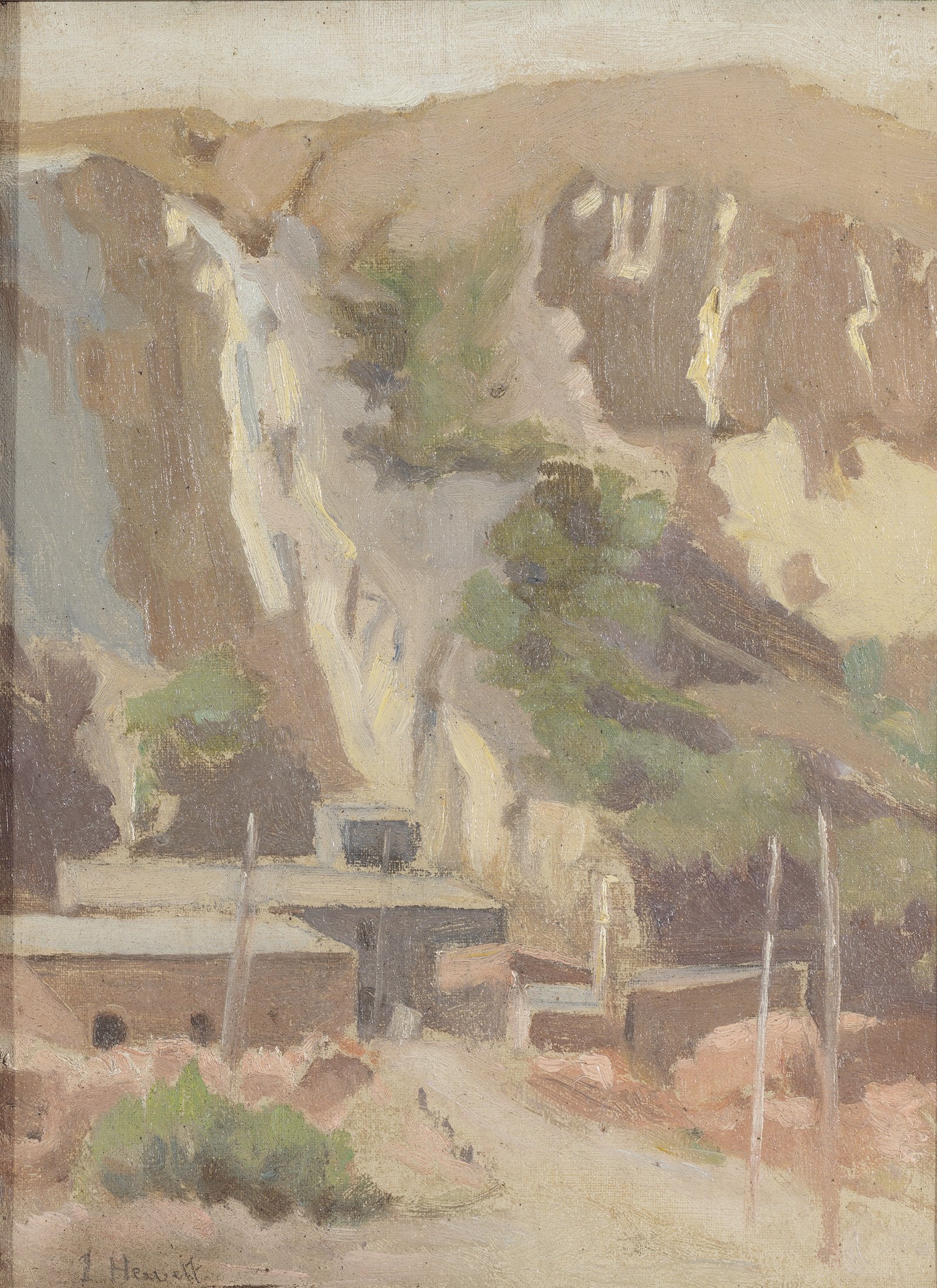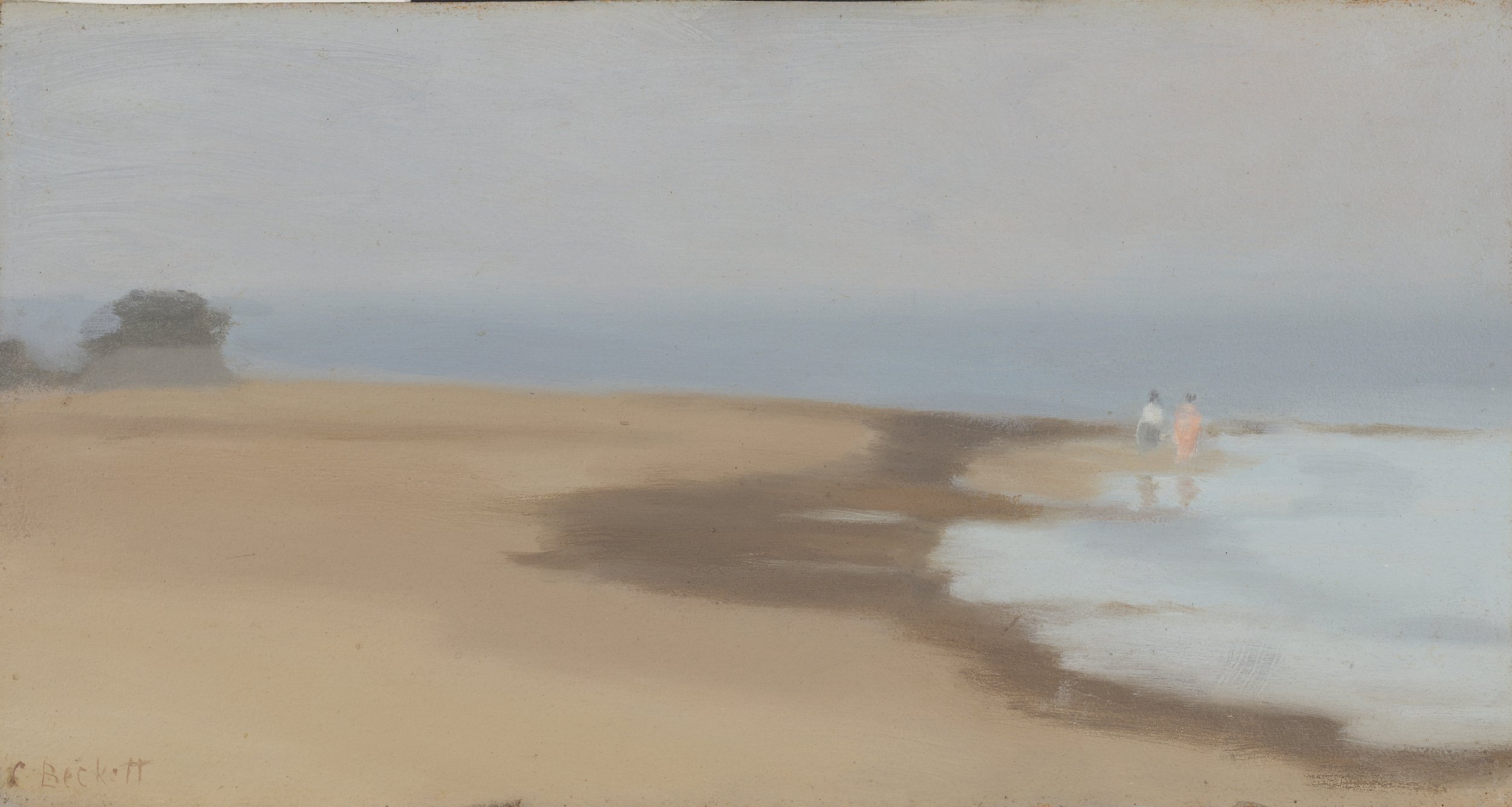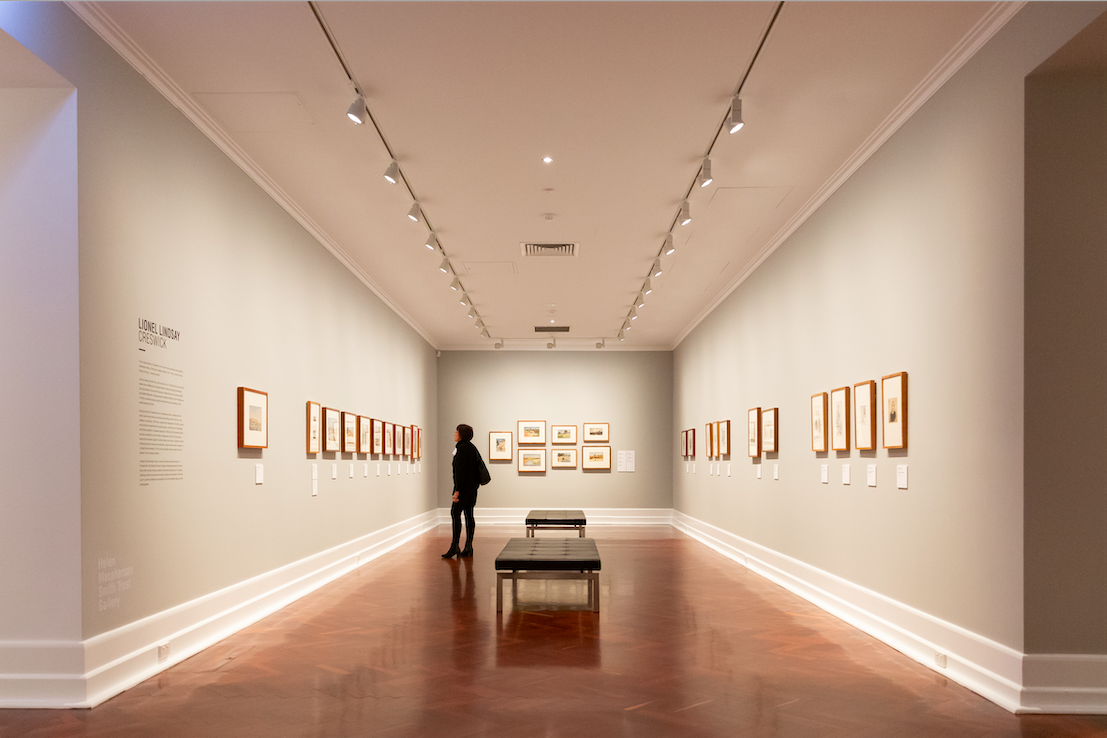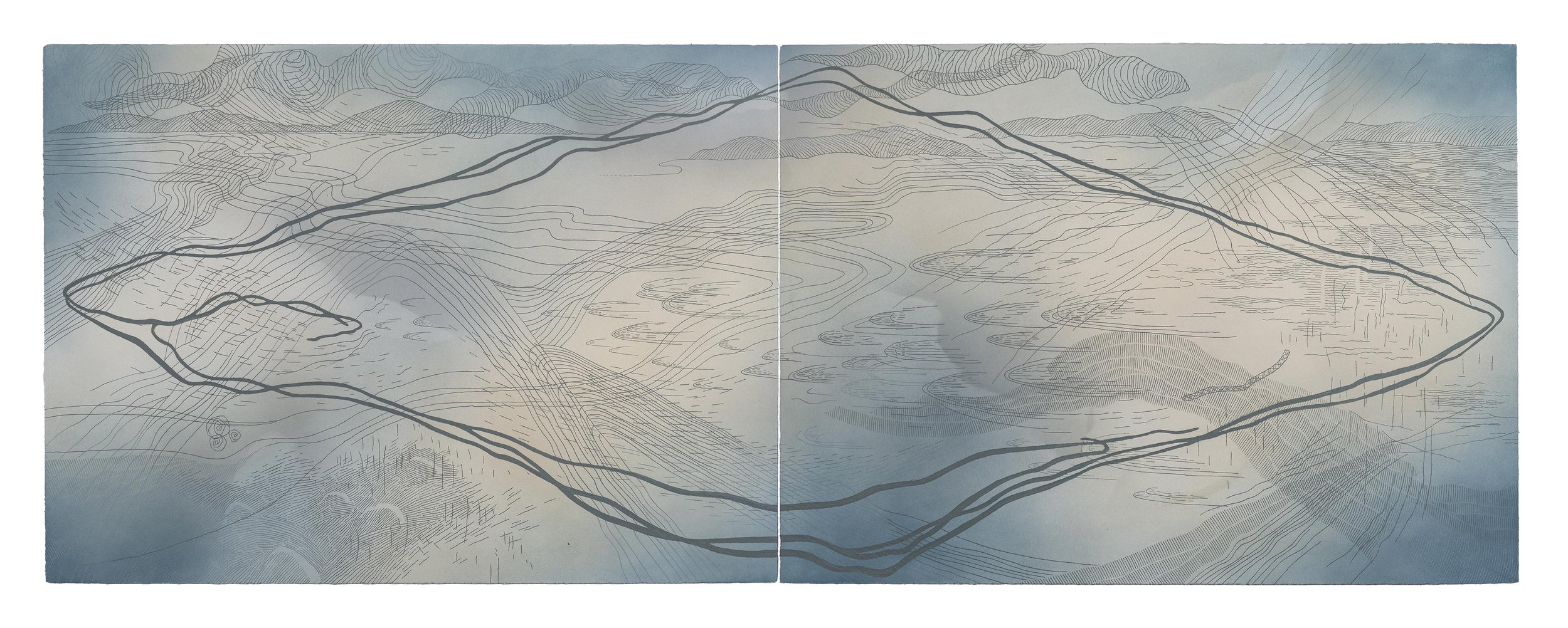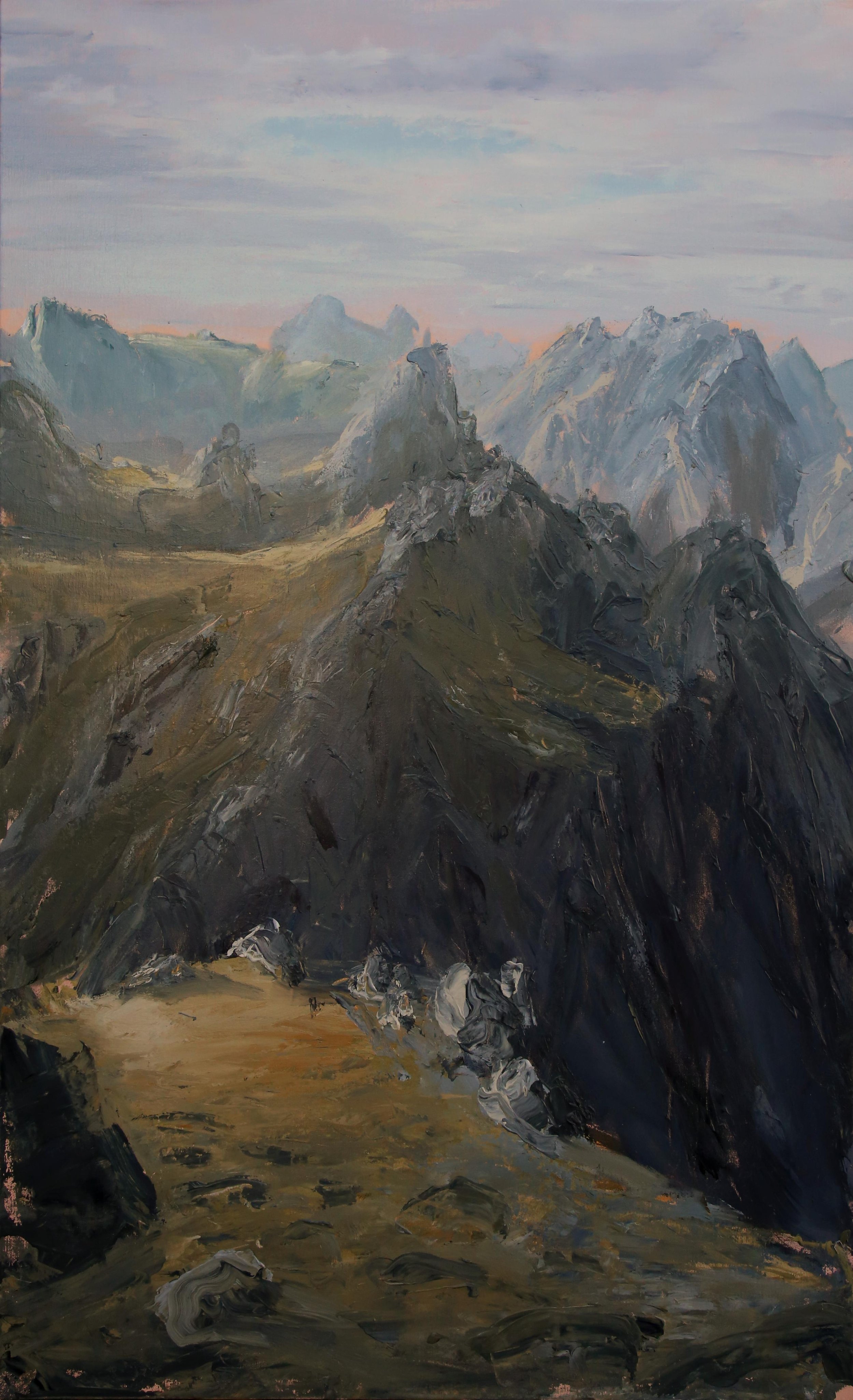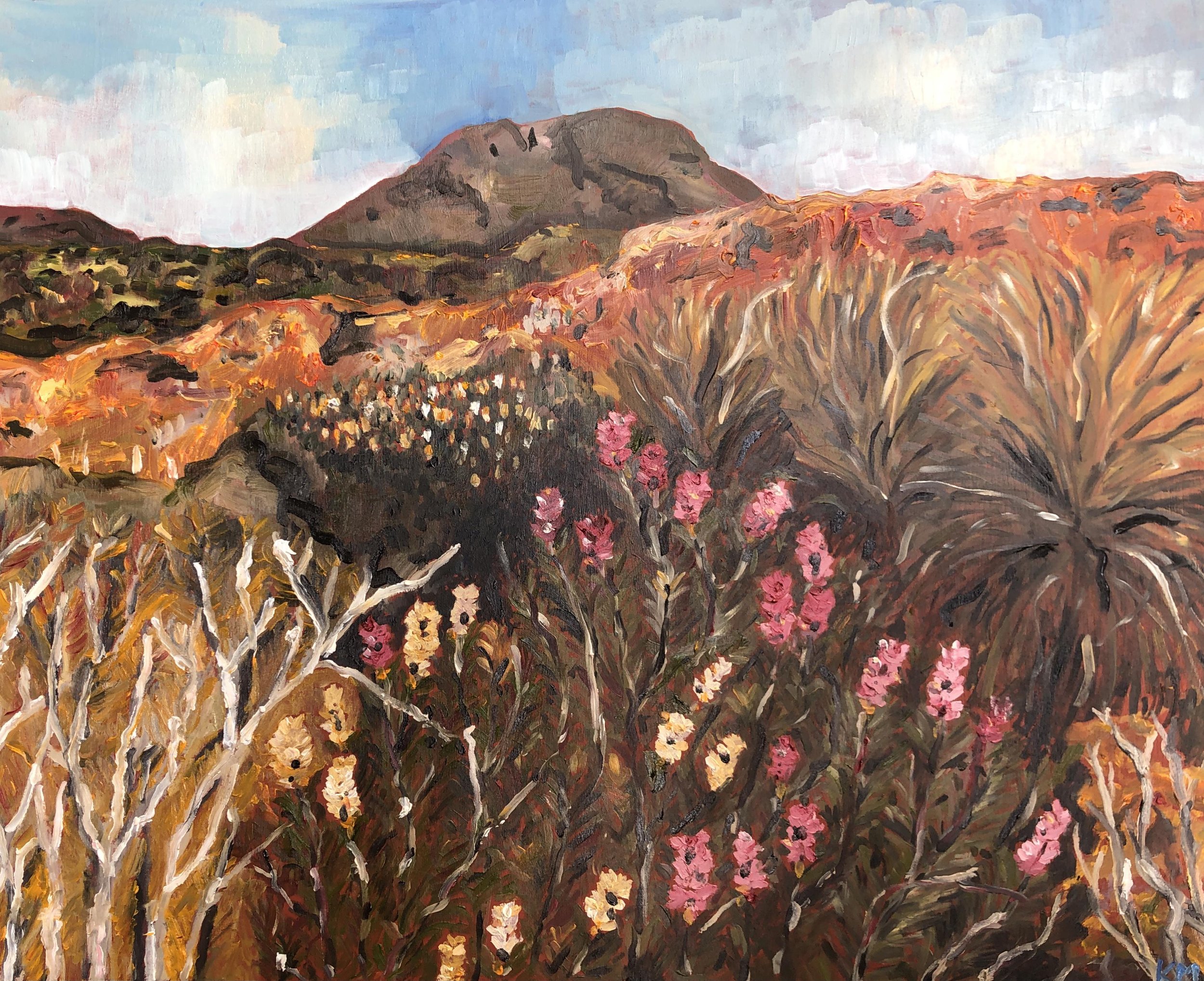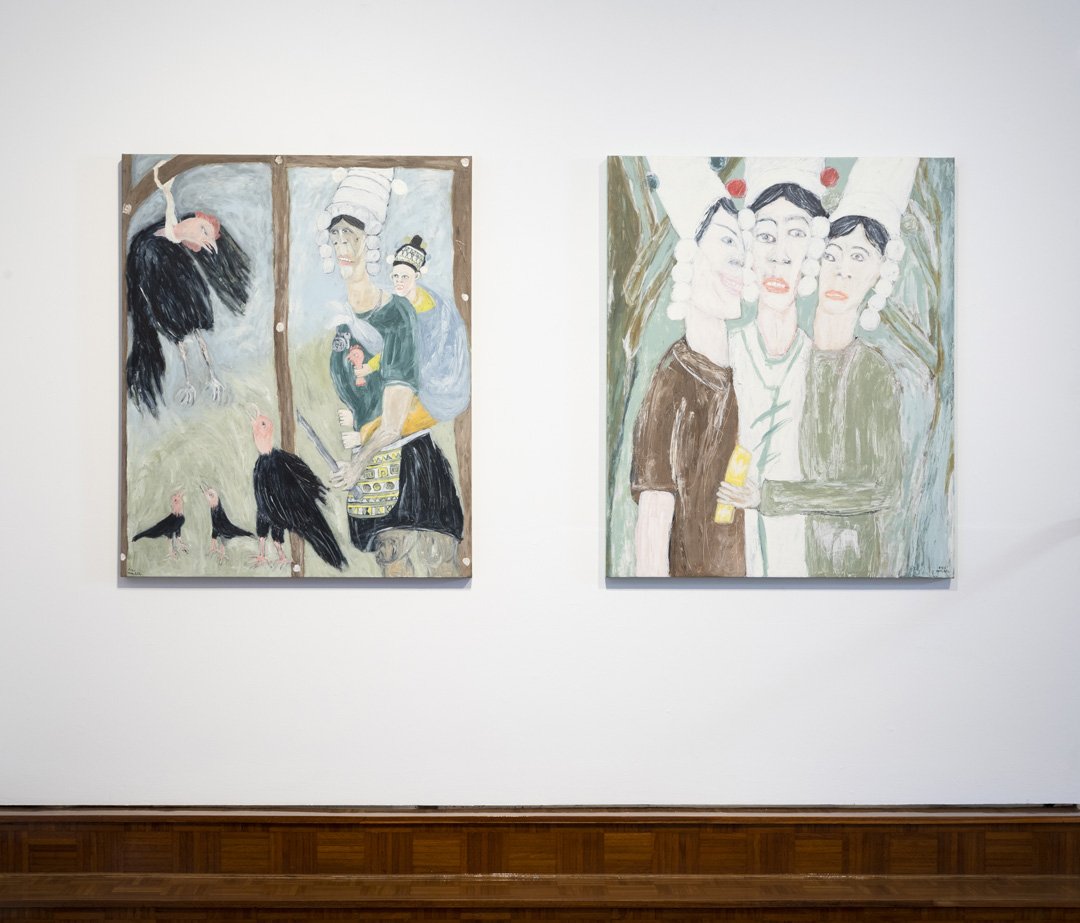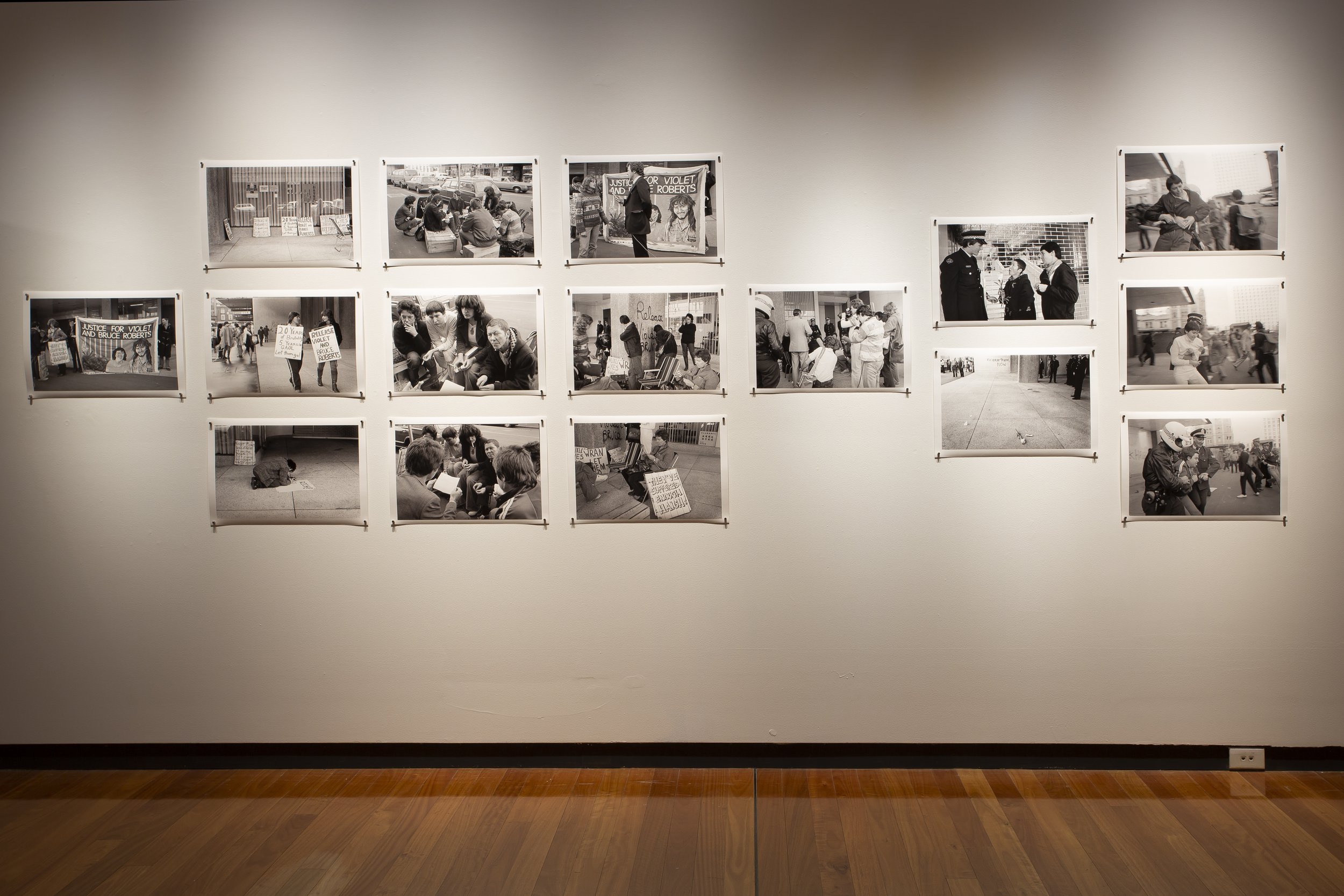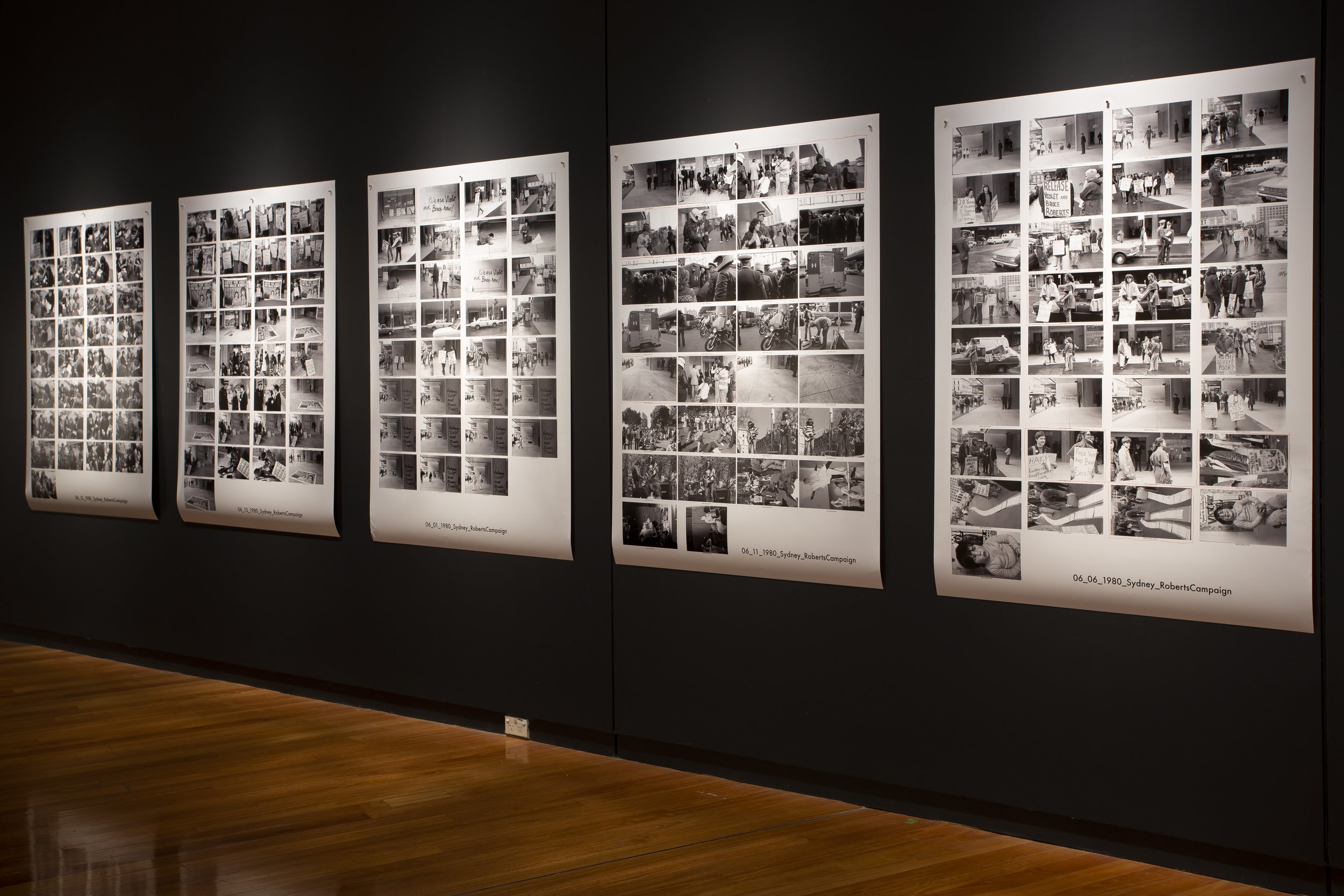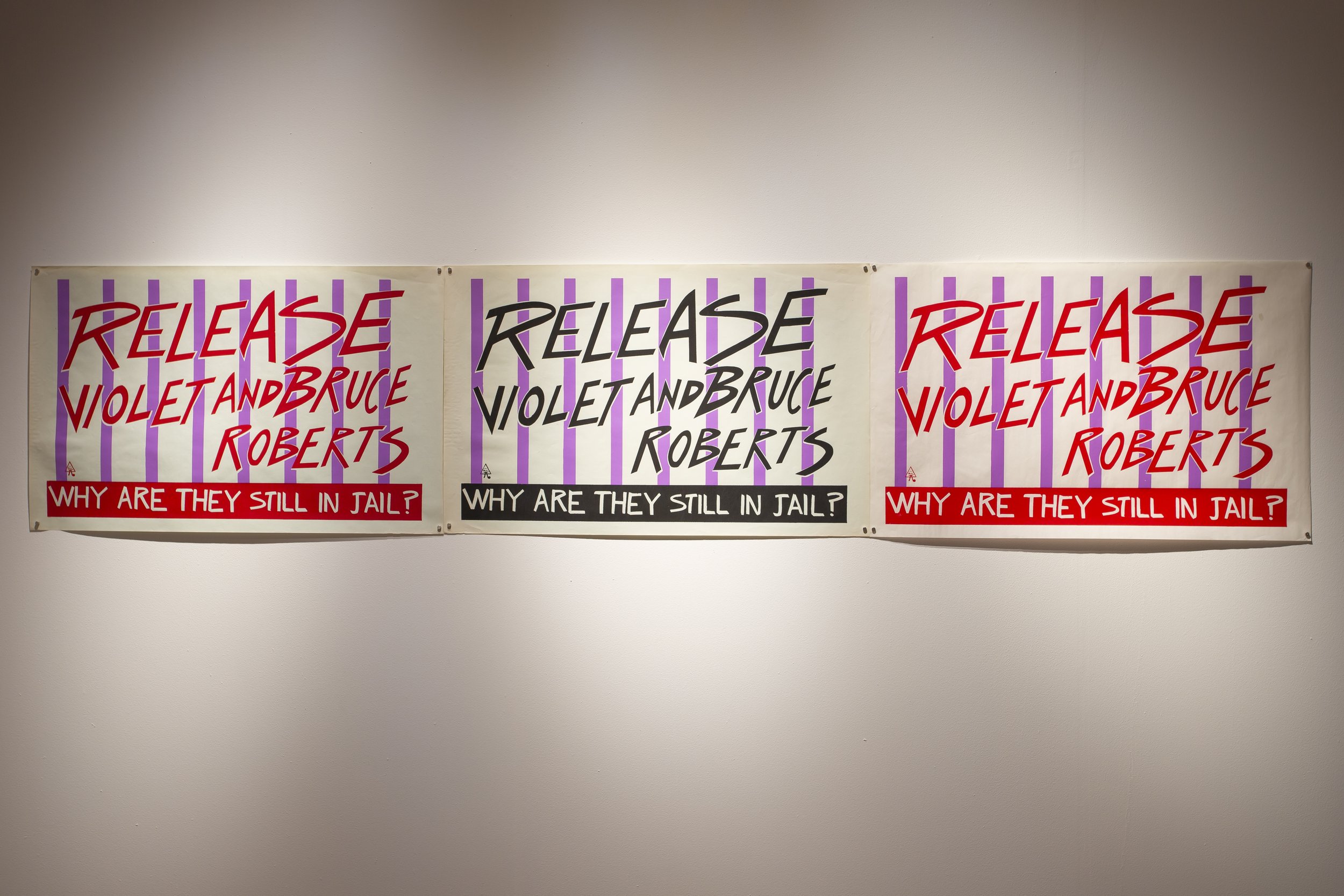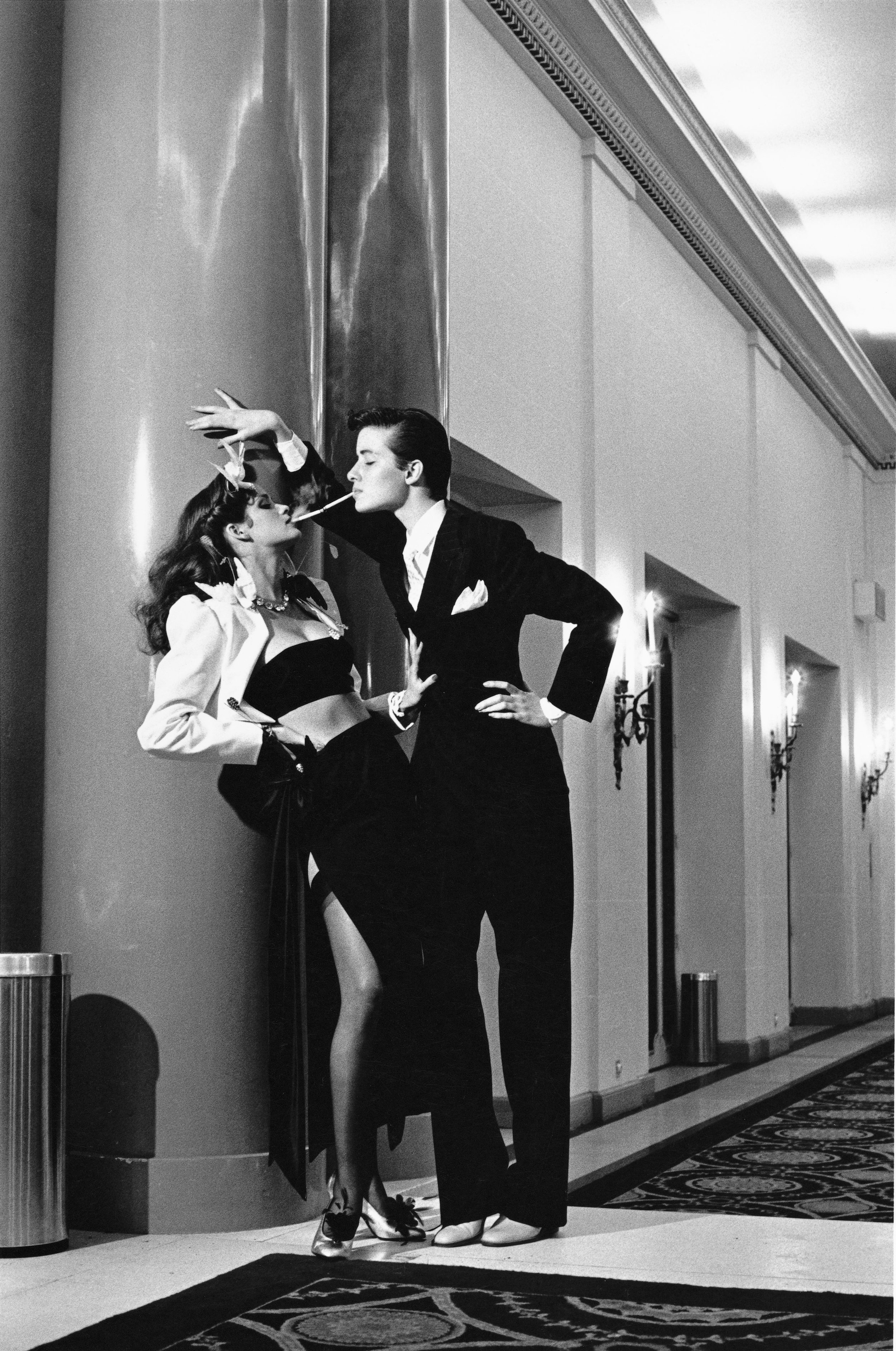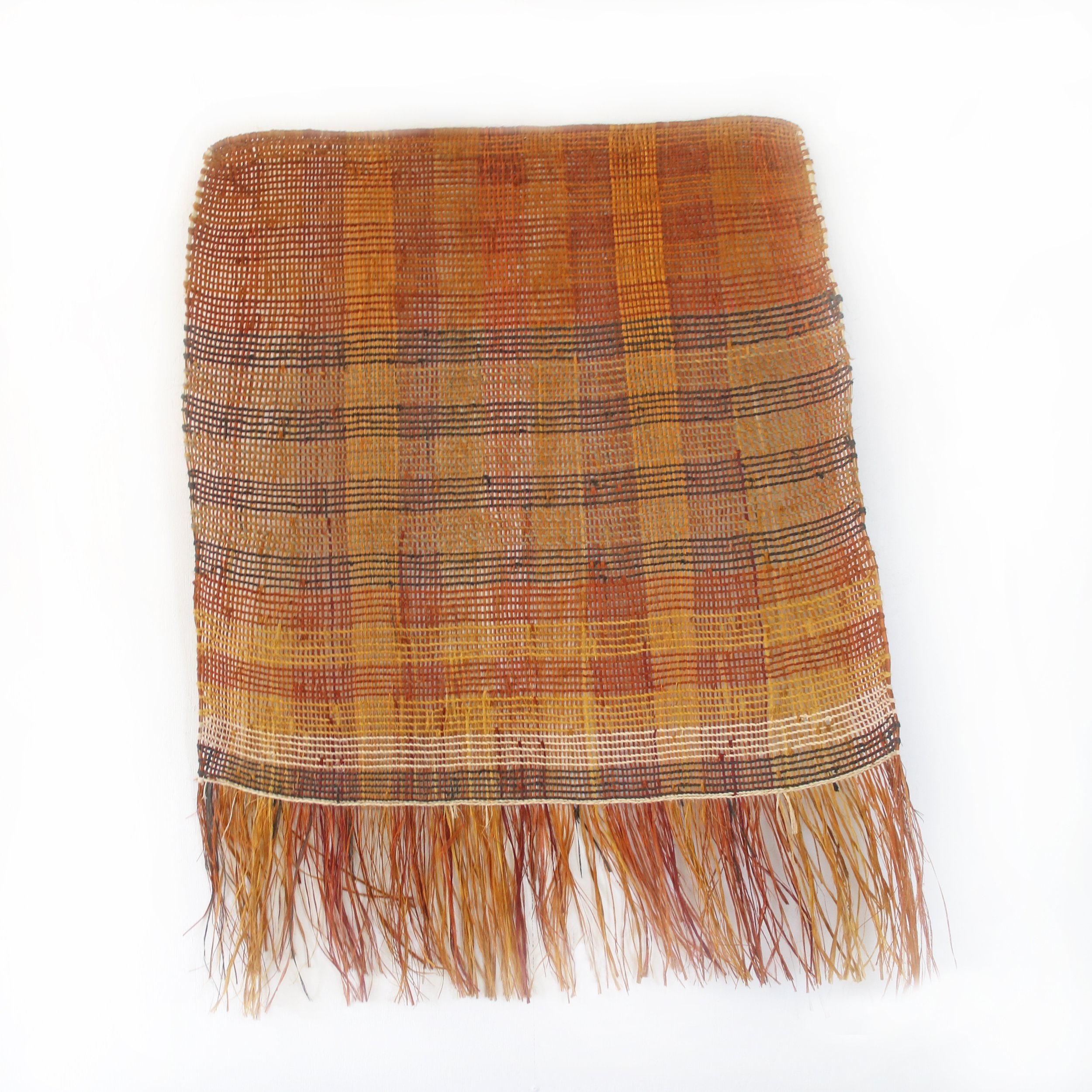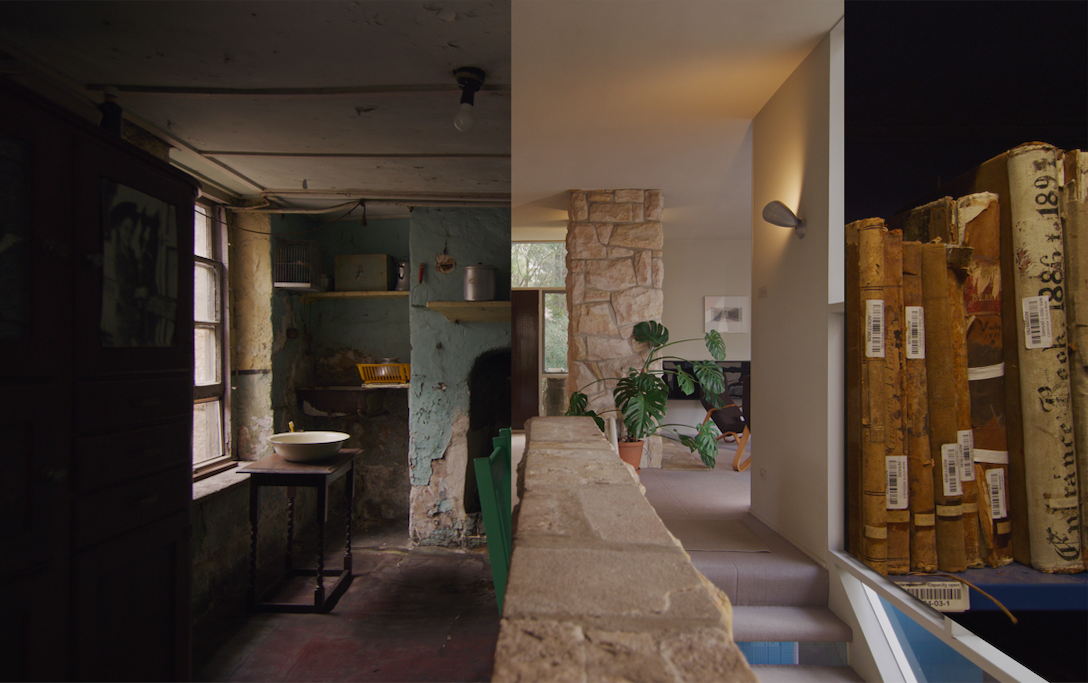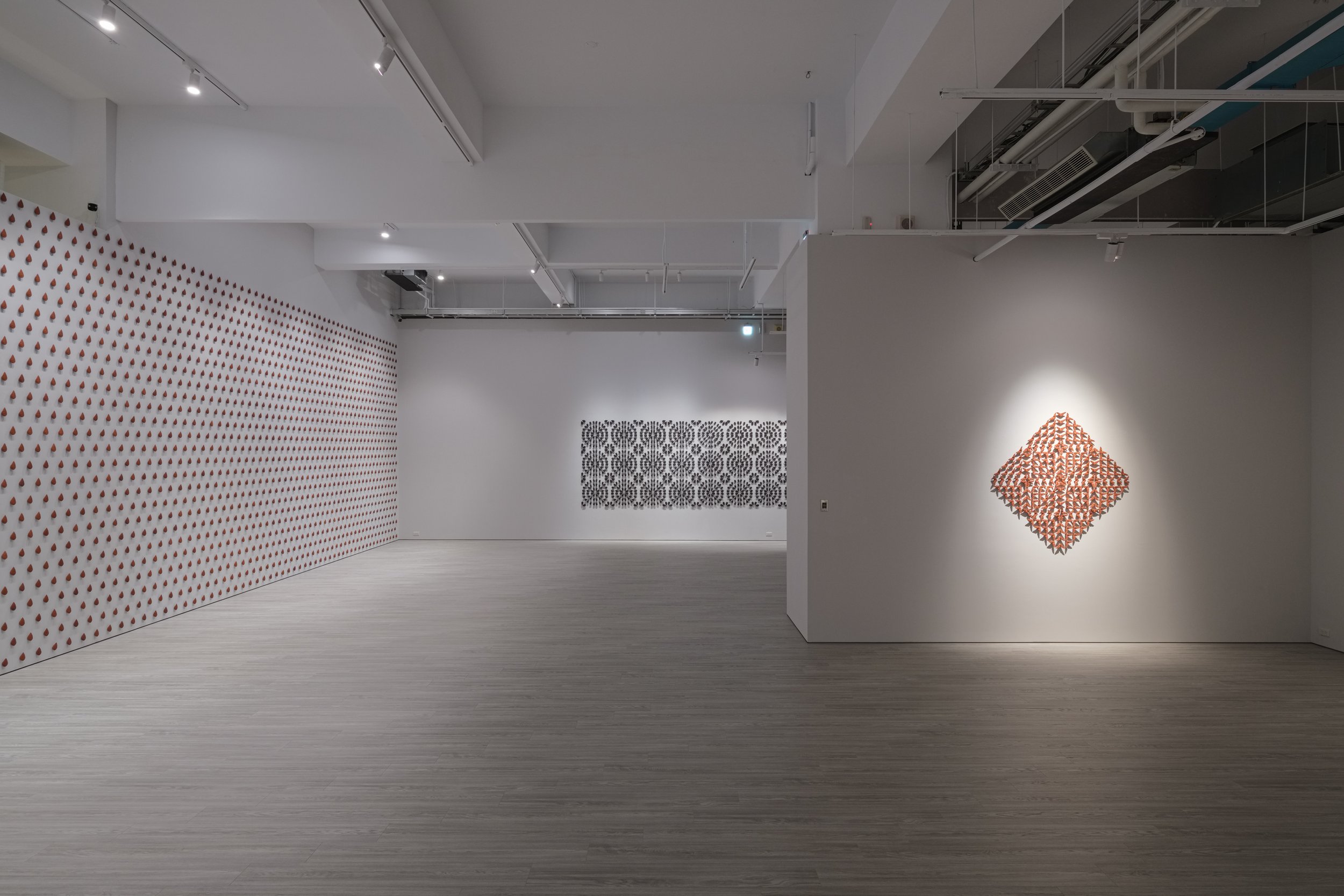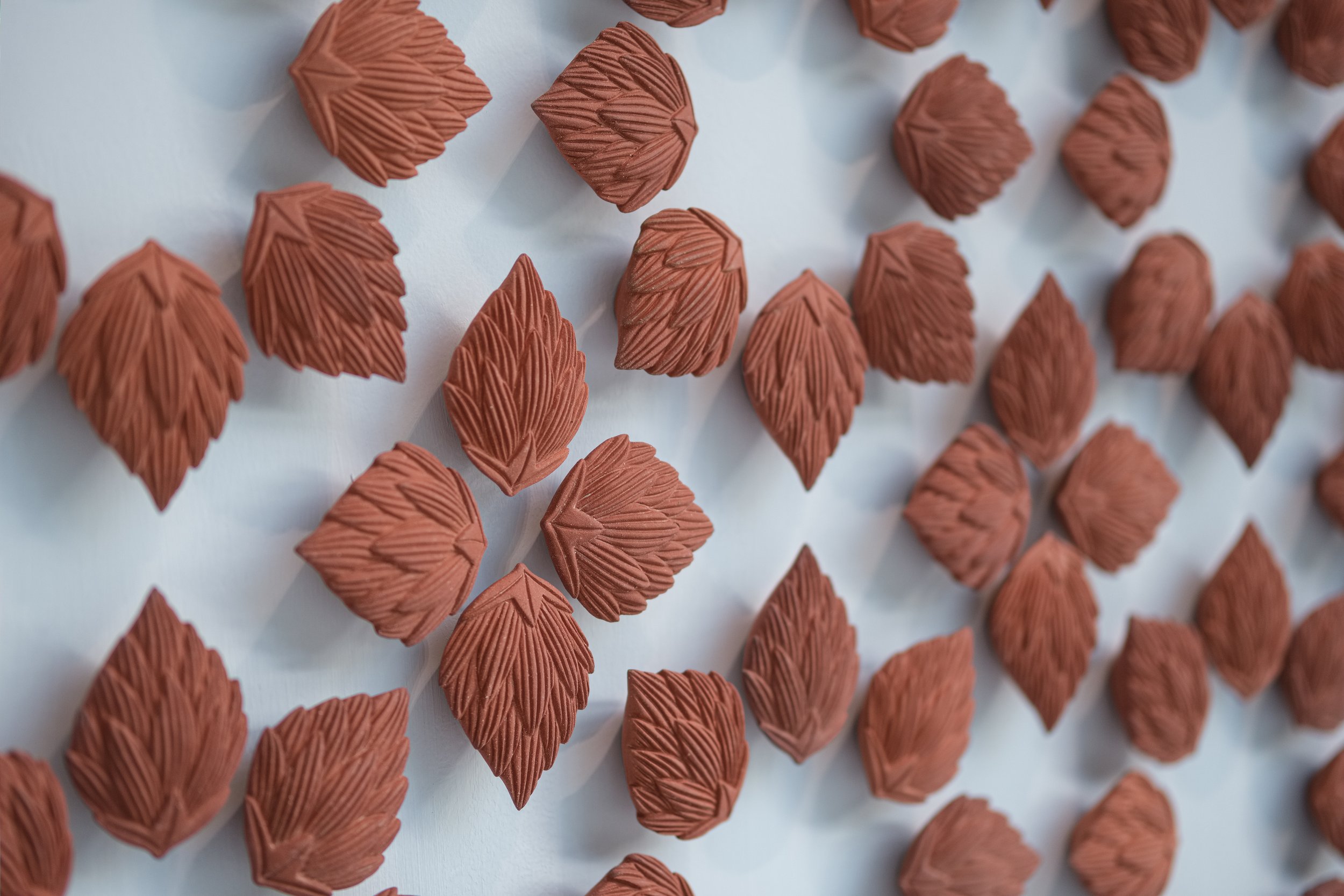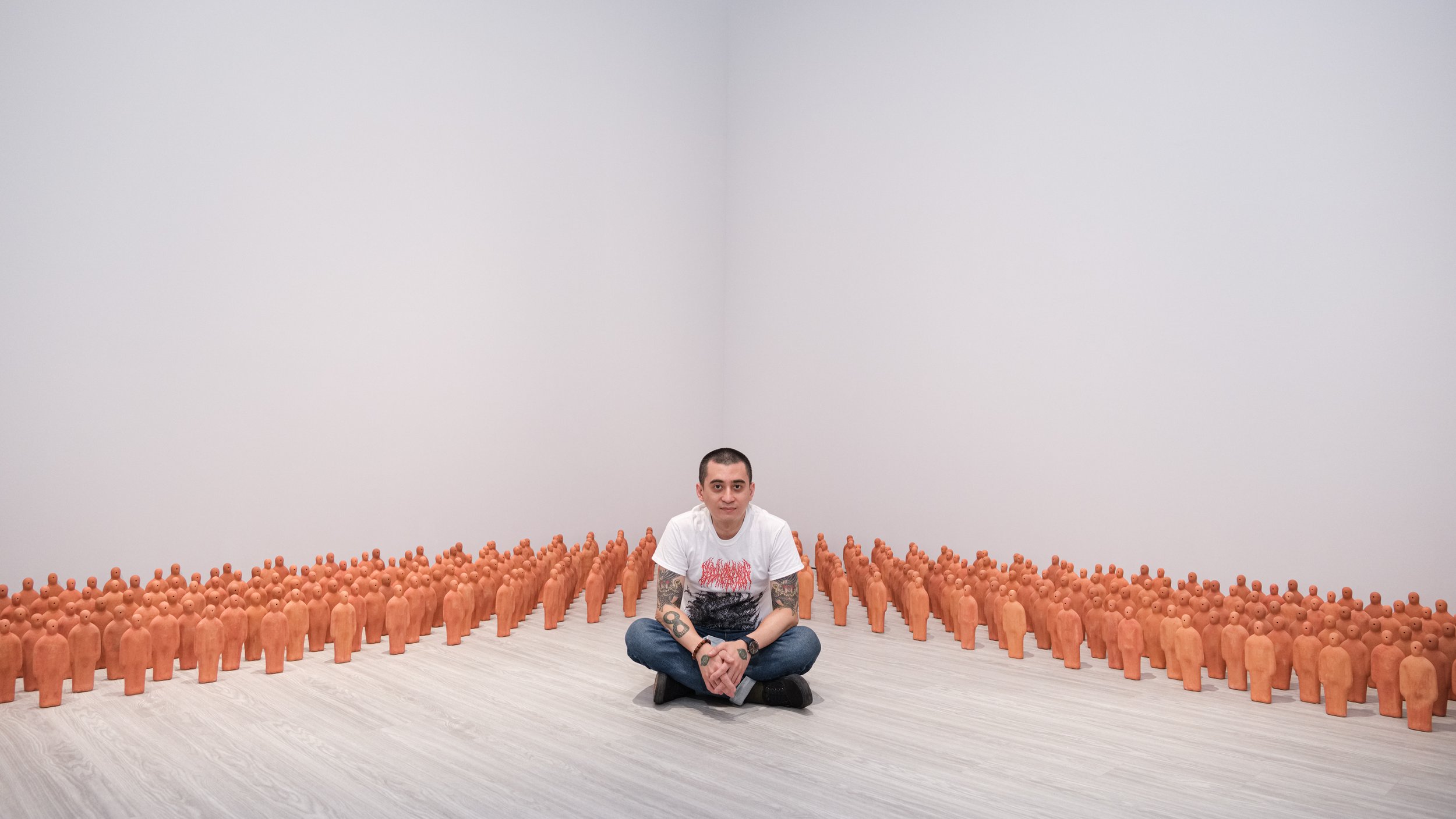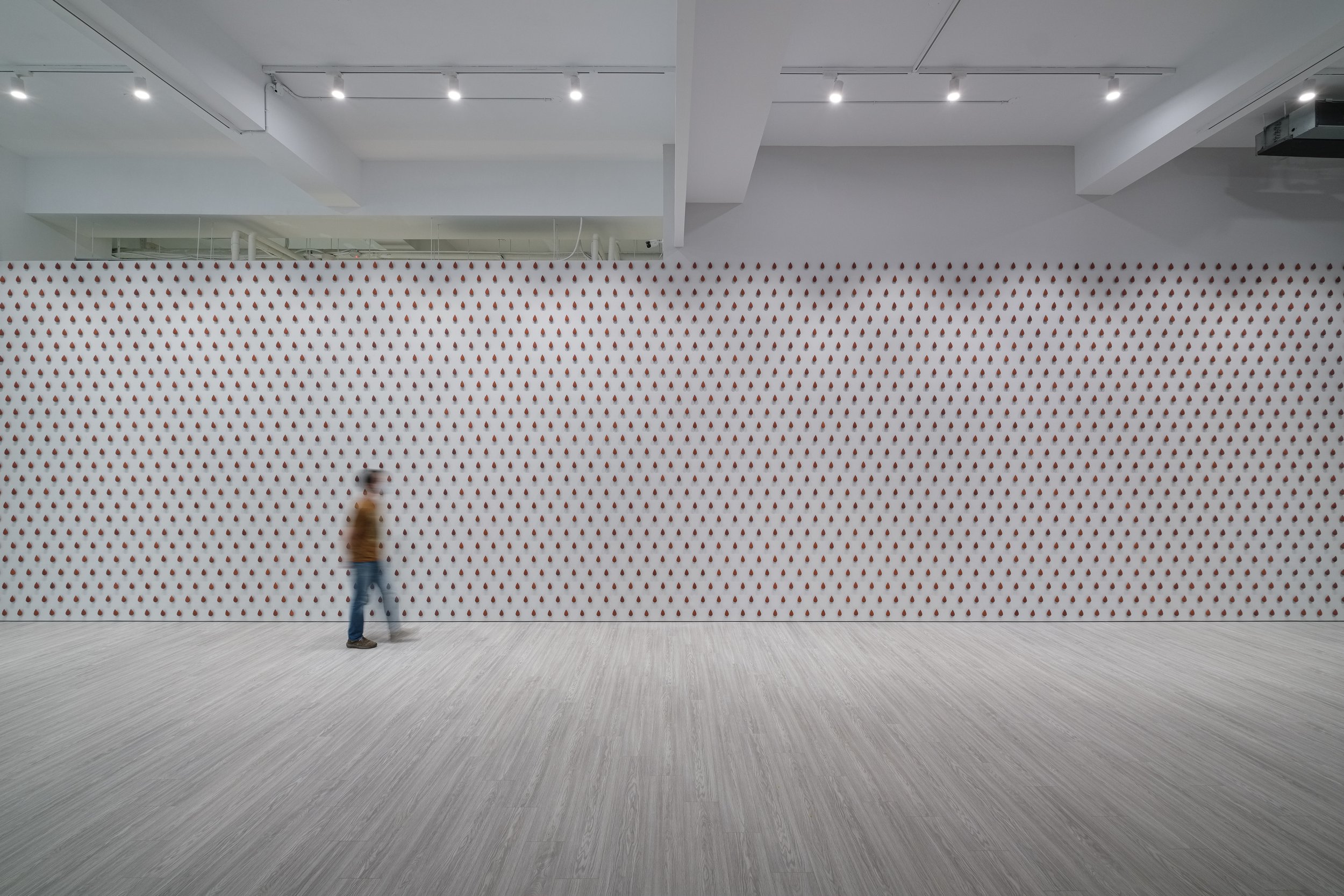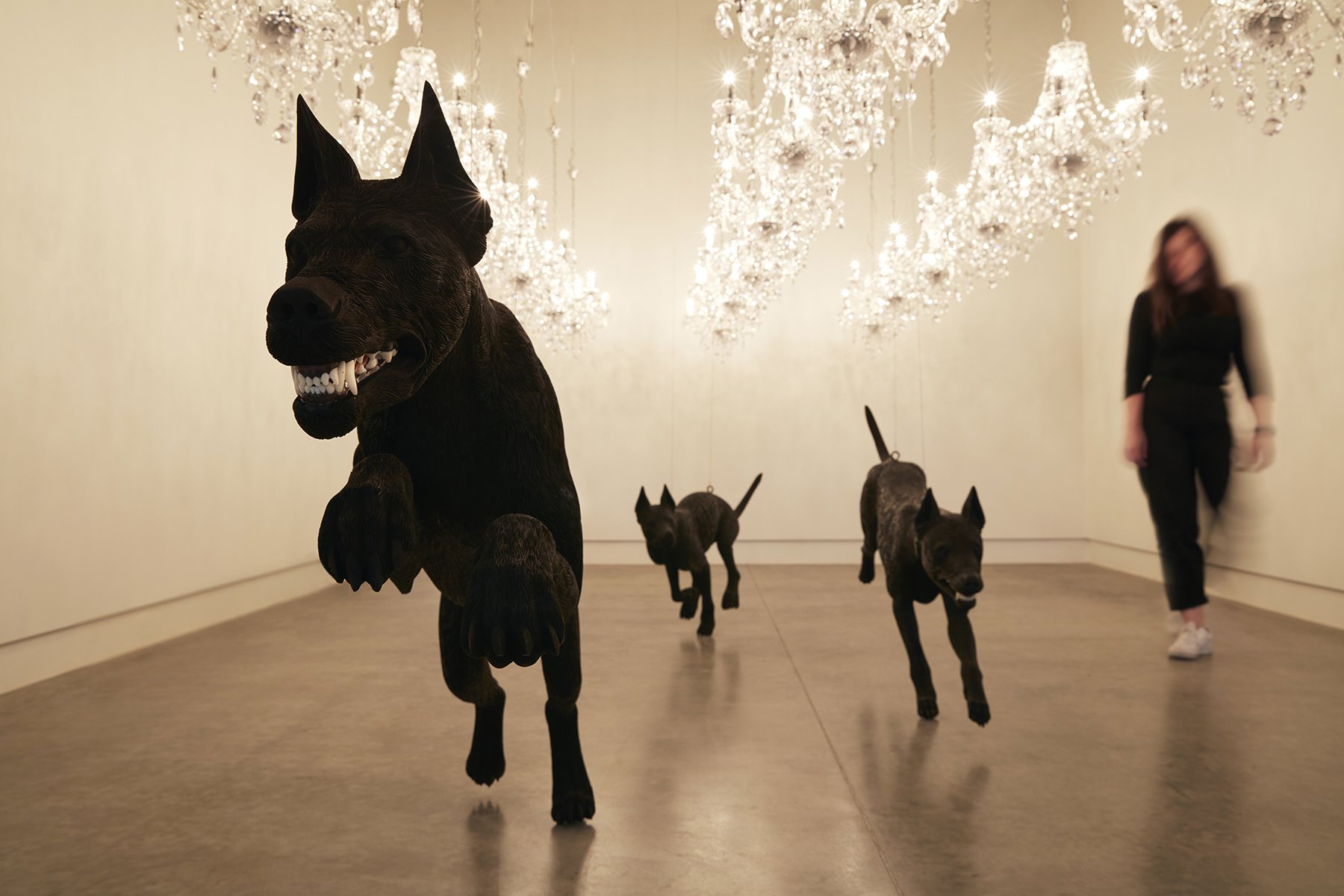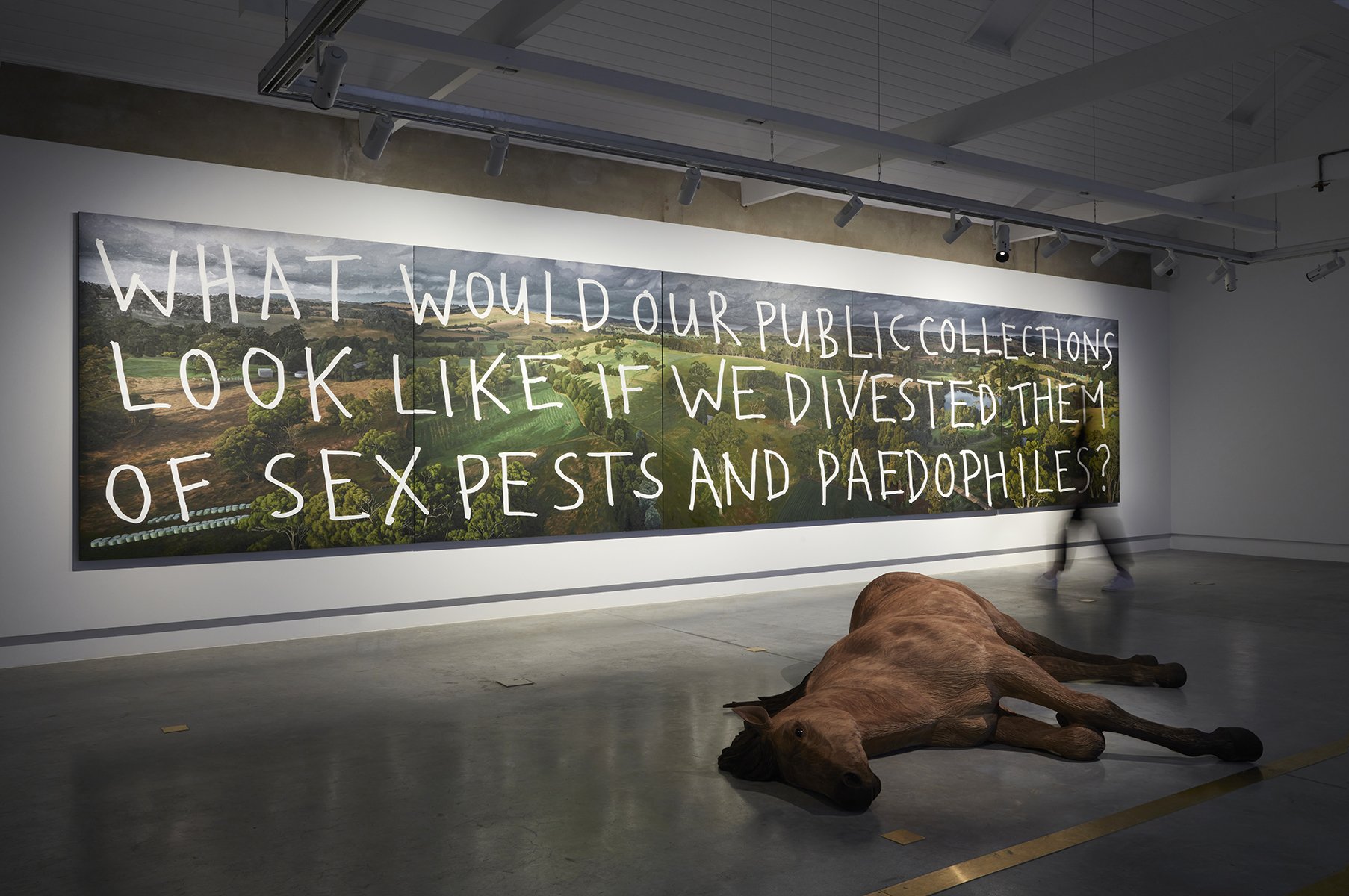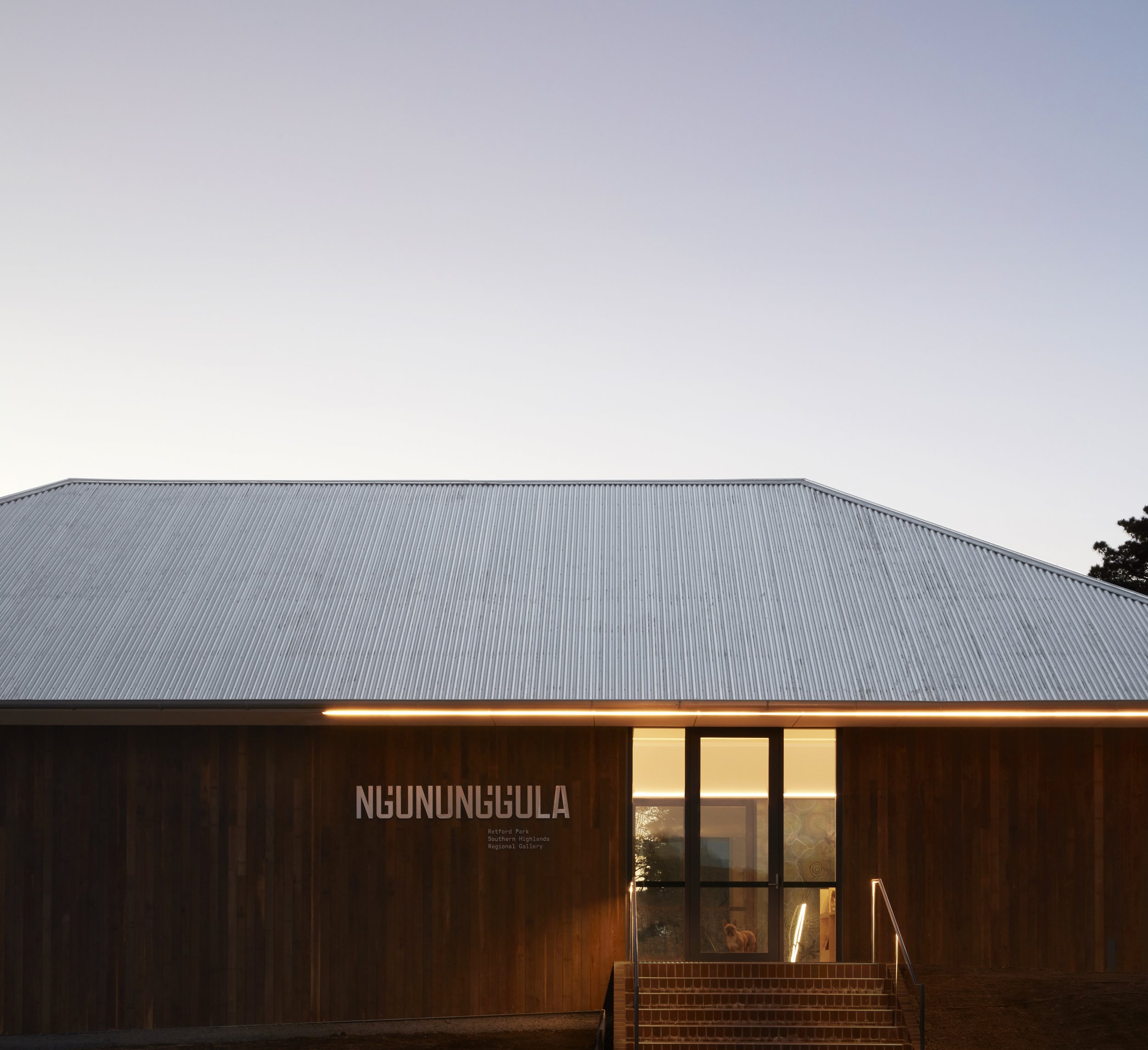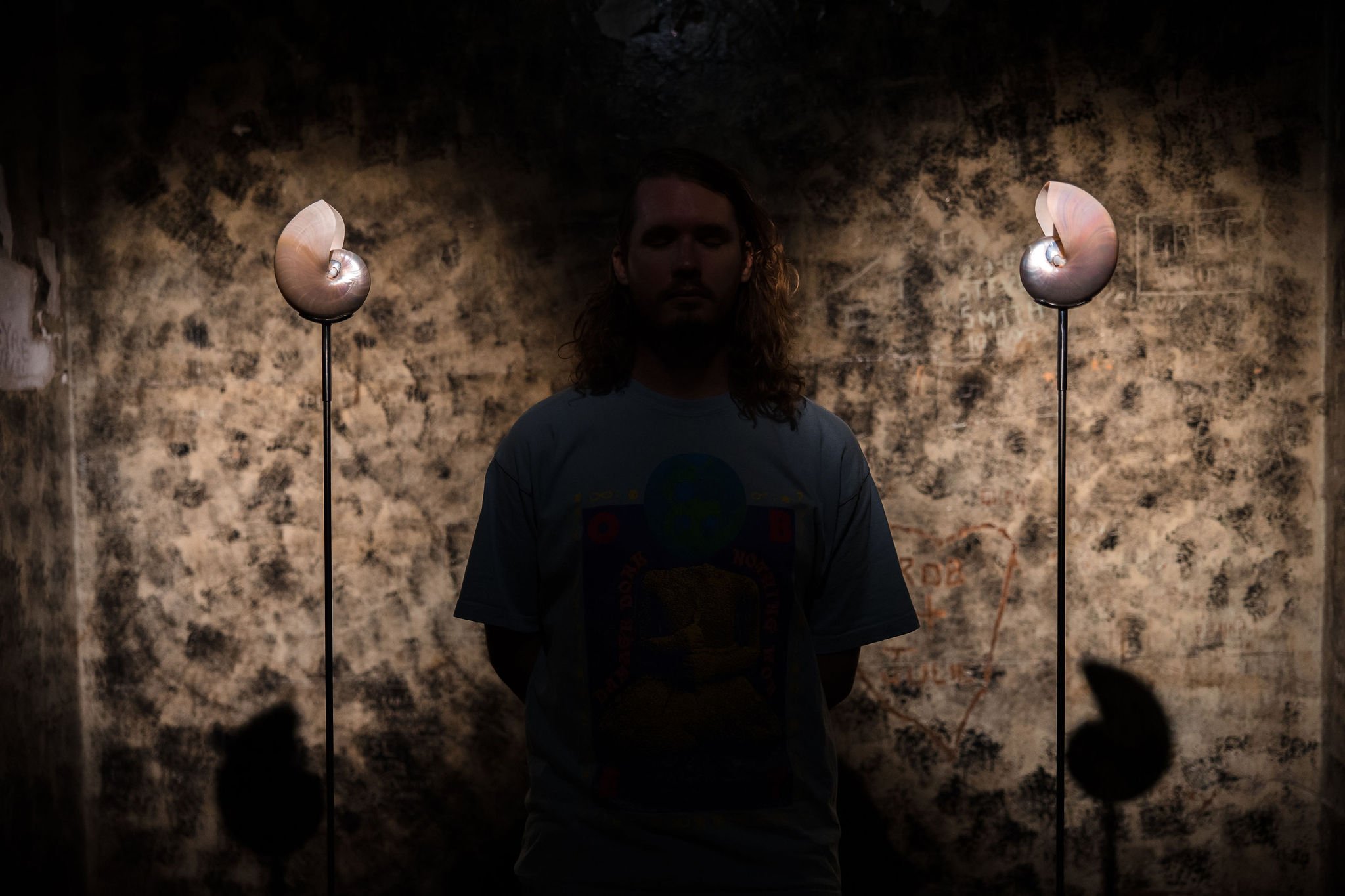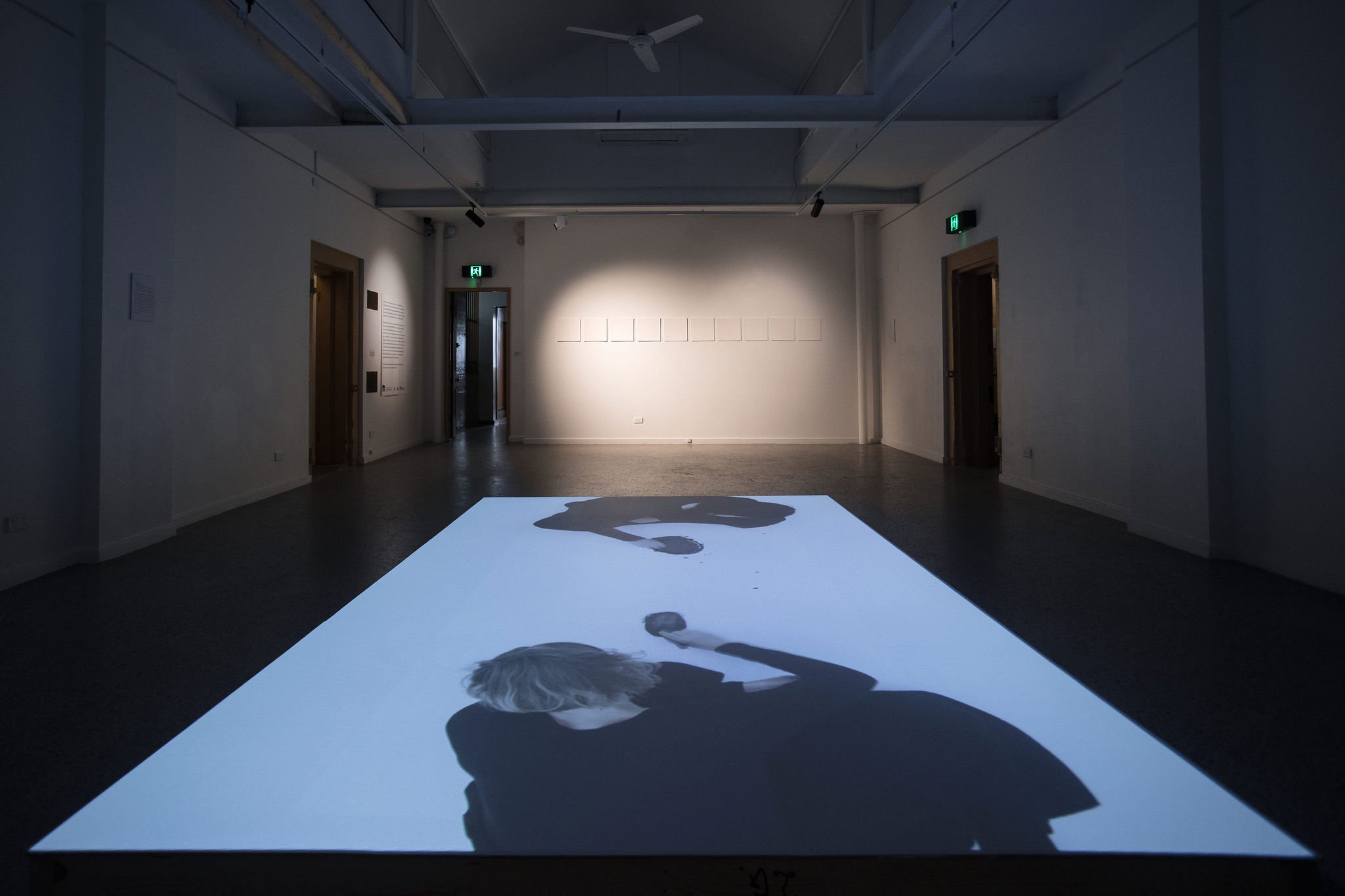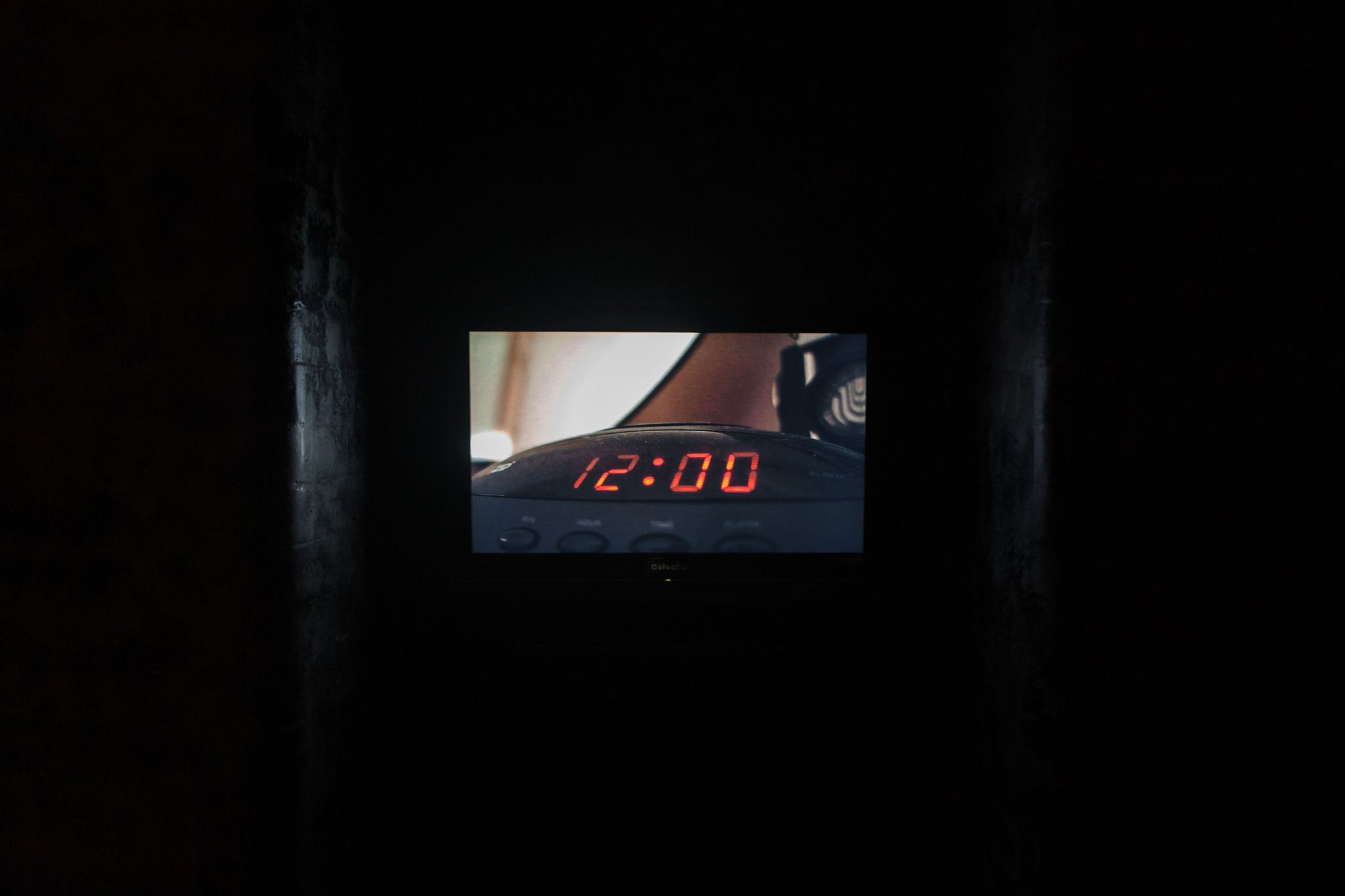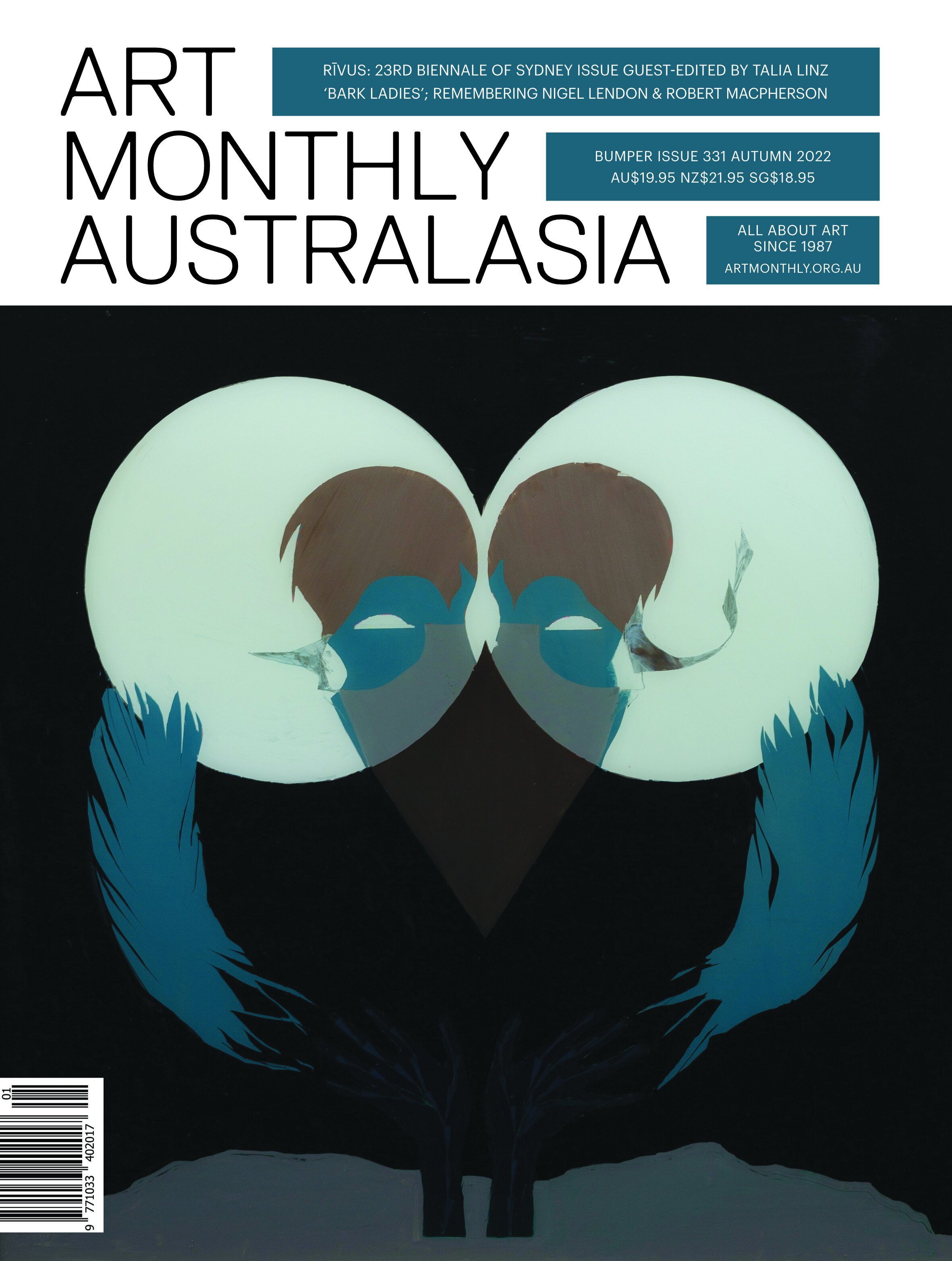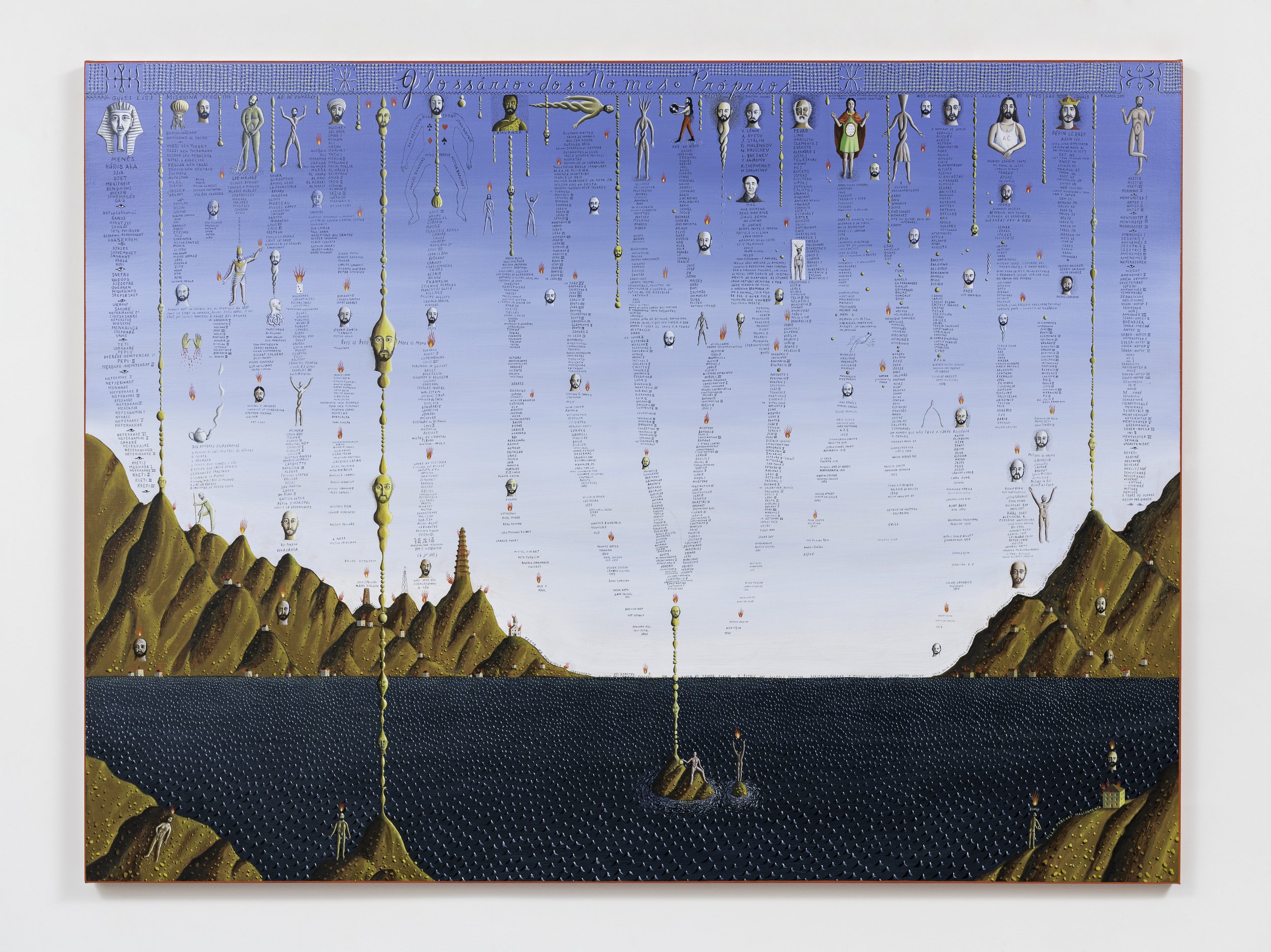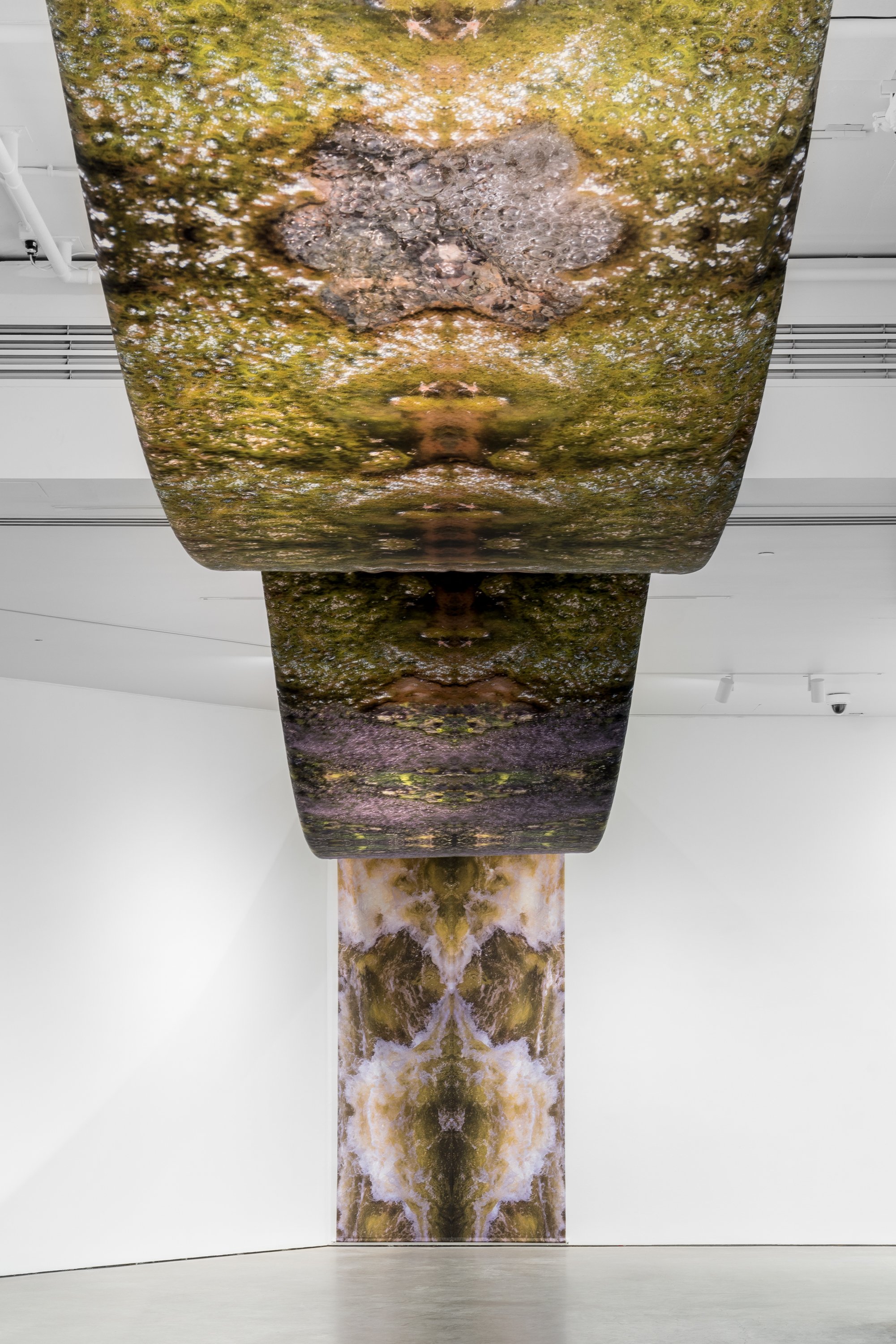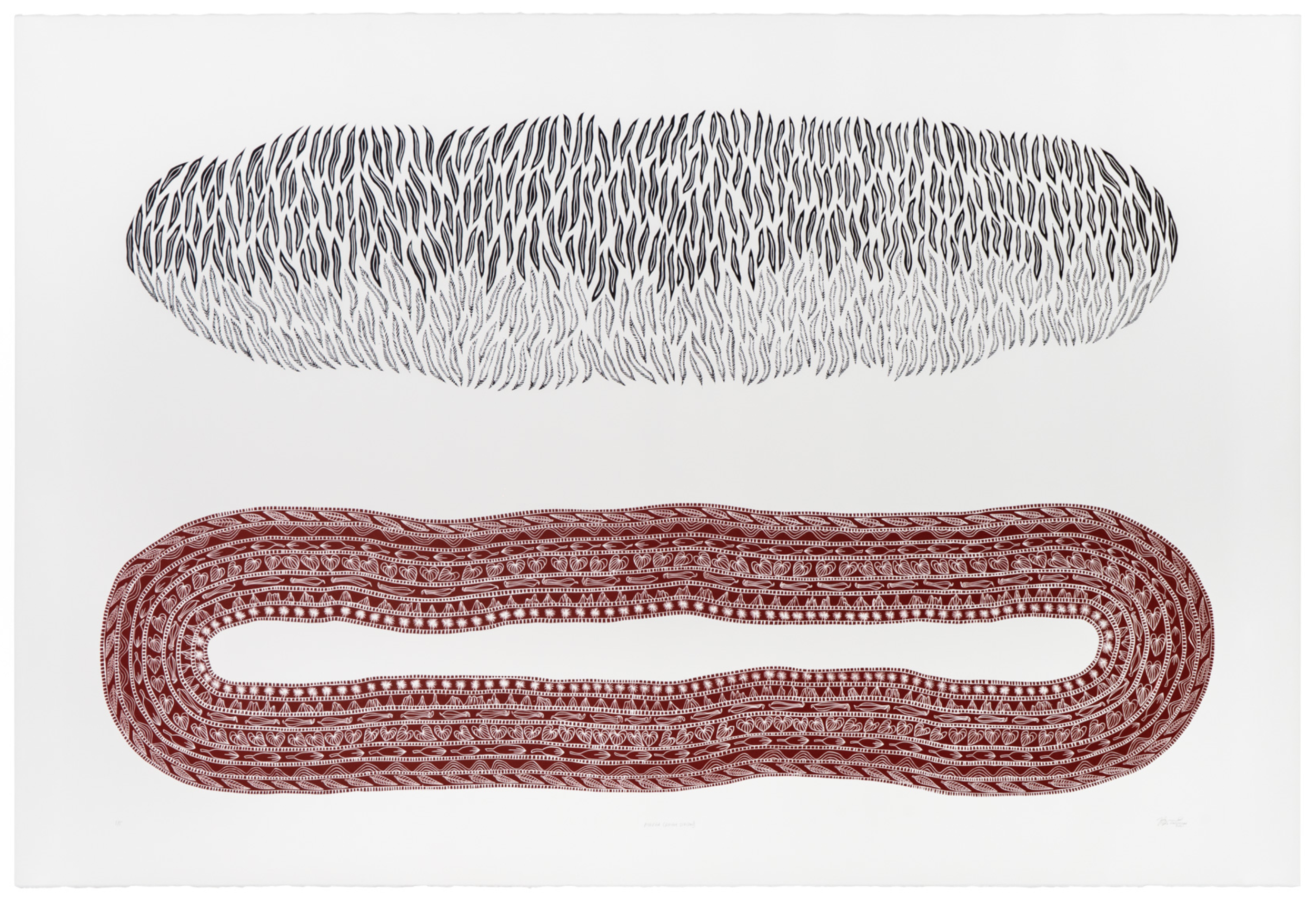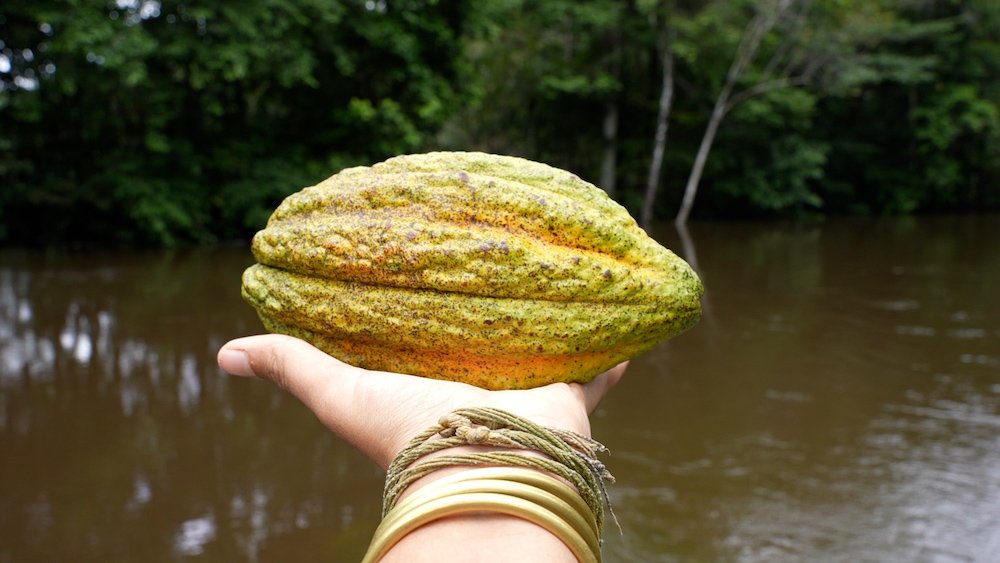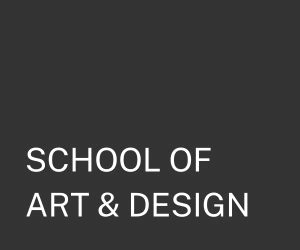‘The Return’: An intimately scaled encounter
/The gallery day01. is in the front room of a bald-face terrace in Warrang/Sydney’s Darlinghurst. There is an immediacy to this typical inner-city style of house: with no buffer zone between interior and street, the contrasts and coherences between the two are heightened. Staff from the adjacent cafe hand-deliver cups of tea to gallerist Eloise Hastings and her guests in this pristine tiny space on a busy intersection. The cultural precinct in which day01. is situated also includes the National Art School and numerous commercial galleries such as COMA, Liverpool Street Gallery, Robin Gibson Gallery and KRONENBERG MAIS WRIGHT (the latter being another example of art being showcased in a small domestic-scale space).
‘Te Hokinga (Te Reo Maori), Malaku Pitjangu (Pitjantjatjara), The Return’ is an exhibition of paintings by New Zealand artist Raukura Turei (Ngaitai ki Tamaki [Tainui], Nga Rauru Kitahi) in conversation with the ceramic work of the late Kunmanara (Pepai) Jangala Carroll (Luritja/Pintupi). ‘The Return’ is characteristic of day01.’s programming. Since its inception earlier this year, the gallery has presented intimately scaled exhibitions that bring together the work of local and international artists in unexpected encounters. Rather than representing a roster of artists, its program is built on curatorship and collaboration.
While Turei has seen her profile steadily growing in her home country for several years now, her work is relatively new to Australian audiences. ‘The Return’ includes a selection of small- and medium-scaled canvases, which, through materials and process, refer to experiences of grief in the artist’s life. The creation of these works starts with the artist’s body, with traced details forming the basis for an abstract composition built from organic materials. Turei applies layers of blue clay collected from her ancestral lands of Ngai Tai ki Tamaki, and black iron sand from Auckland’s west coast, which then are dug into with oil stick forming fingerprint-like marks. The resulting swirls of ochre, pale blue-grey and shimmering black conjure the contents of a Petrie dish, clusters of crustations and galaxies of stars.
Anchoring Turei’s paintings, on a low plinth in the centre of the gallery, is a ceramic work by Kunmanara Carroll (1950–2021). The bust-like white ochre form of Walungurru (2019) is tracked across and around with inky black, suggesting both a path across his father’s Country near Walungurru/Kintore in the Northern Territory, and Carroll’s own personal journey which involved a range of community leadership roles in Eagle Bore, near Pukatja/Ernabella, prior to turning to artmaking. Together, the works of Turei and Carroll create a restrained, delicate and surprising harmony which calls up the vital, magnetic yet enigmatic relationship between people and place.
Chloé Wolifson, Warrang/Sydney
‘Te Hokinga (Te Reo Maori), Malaku Pitjangu (Pitjantjatjara), The Return’ is being exhibited at day01. in Warrang/Sydney until 17 December 2022.





